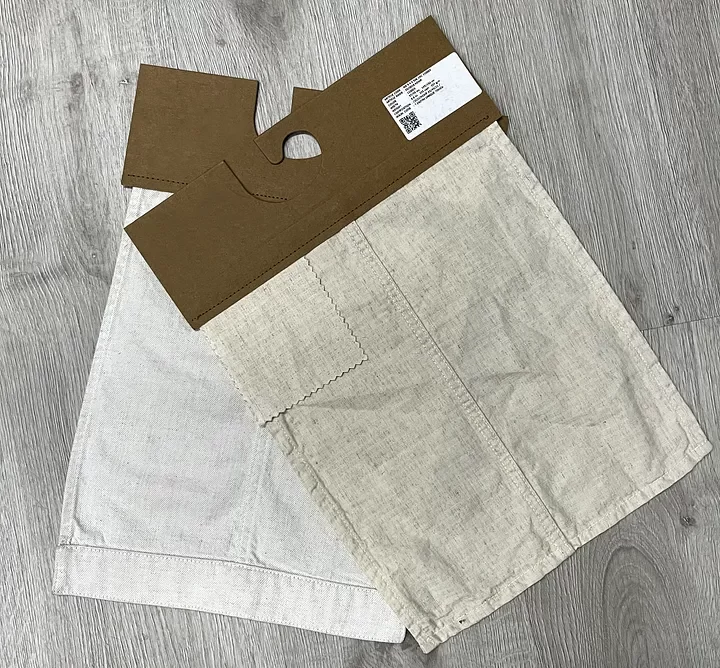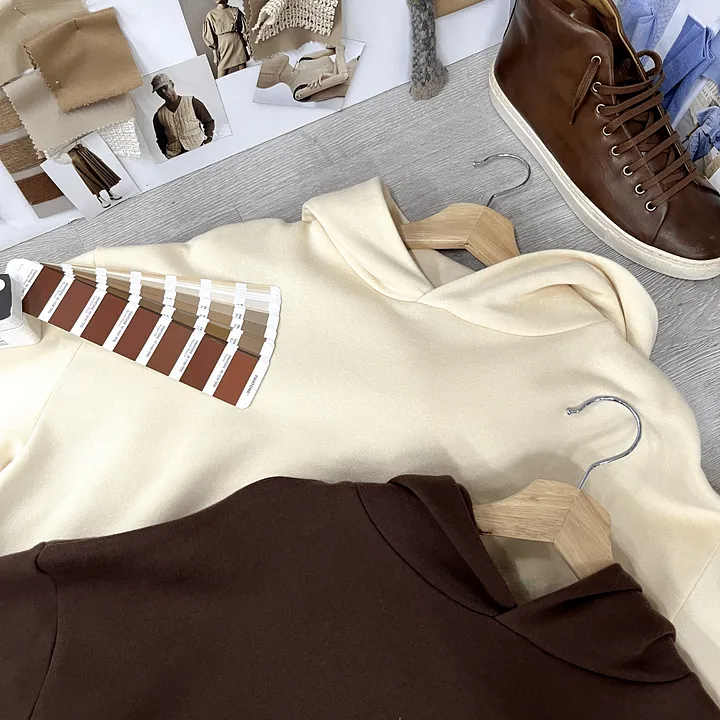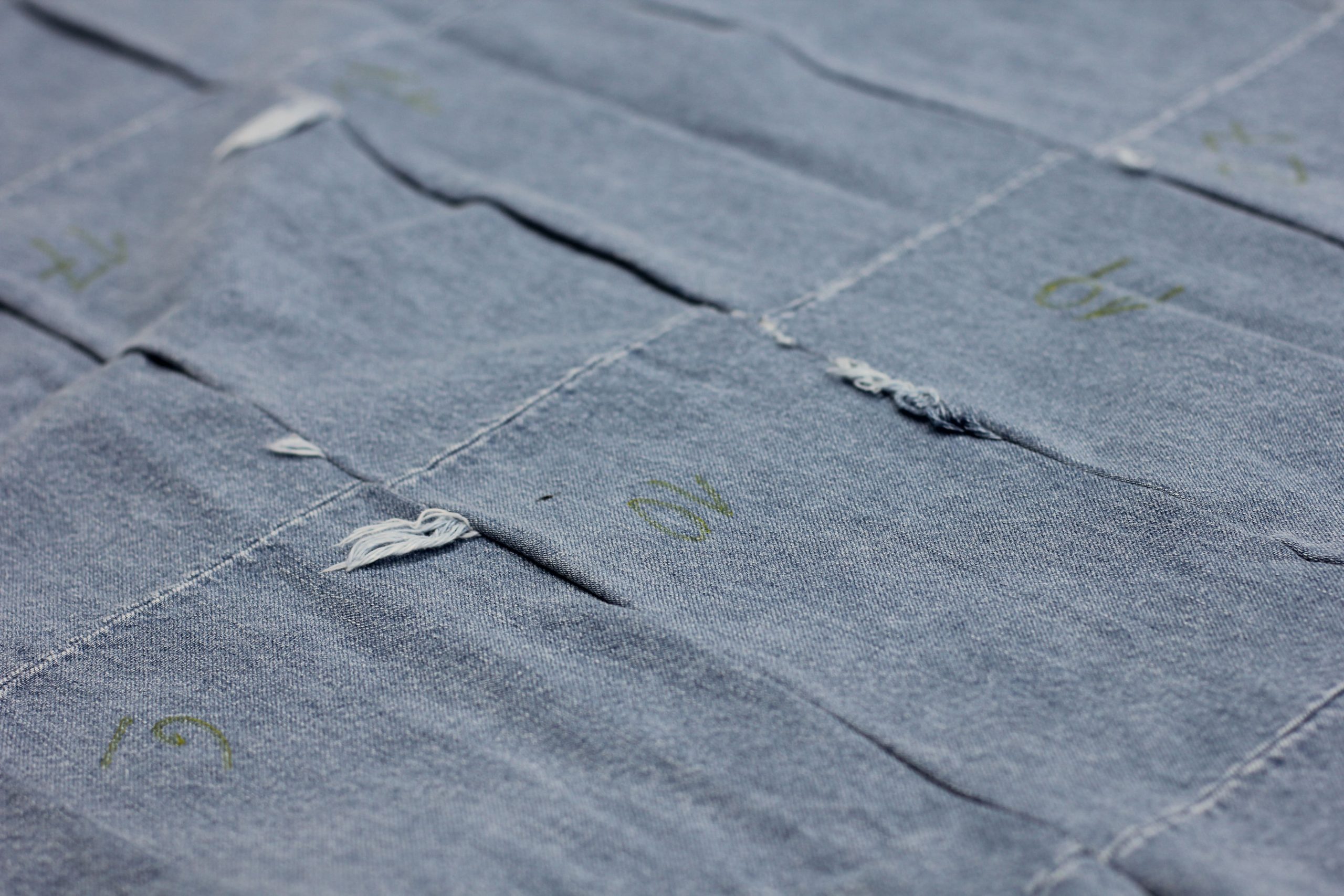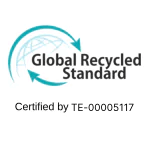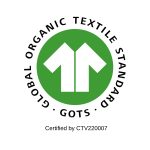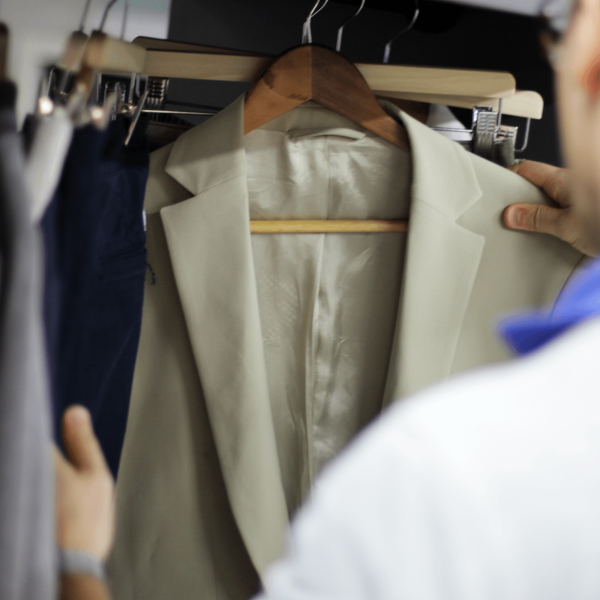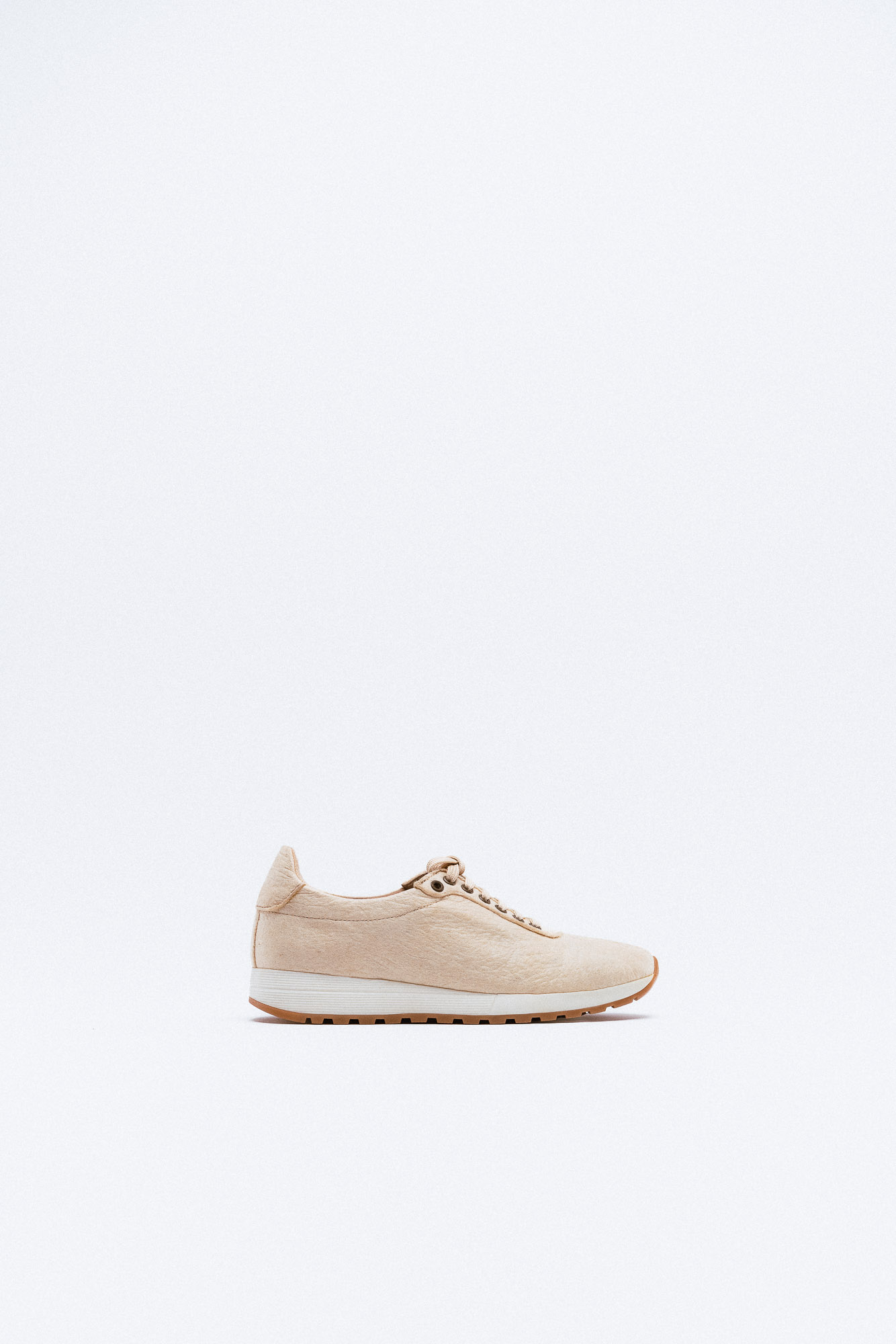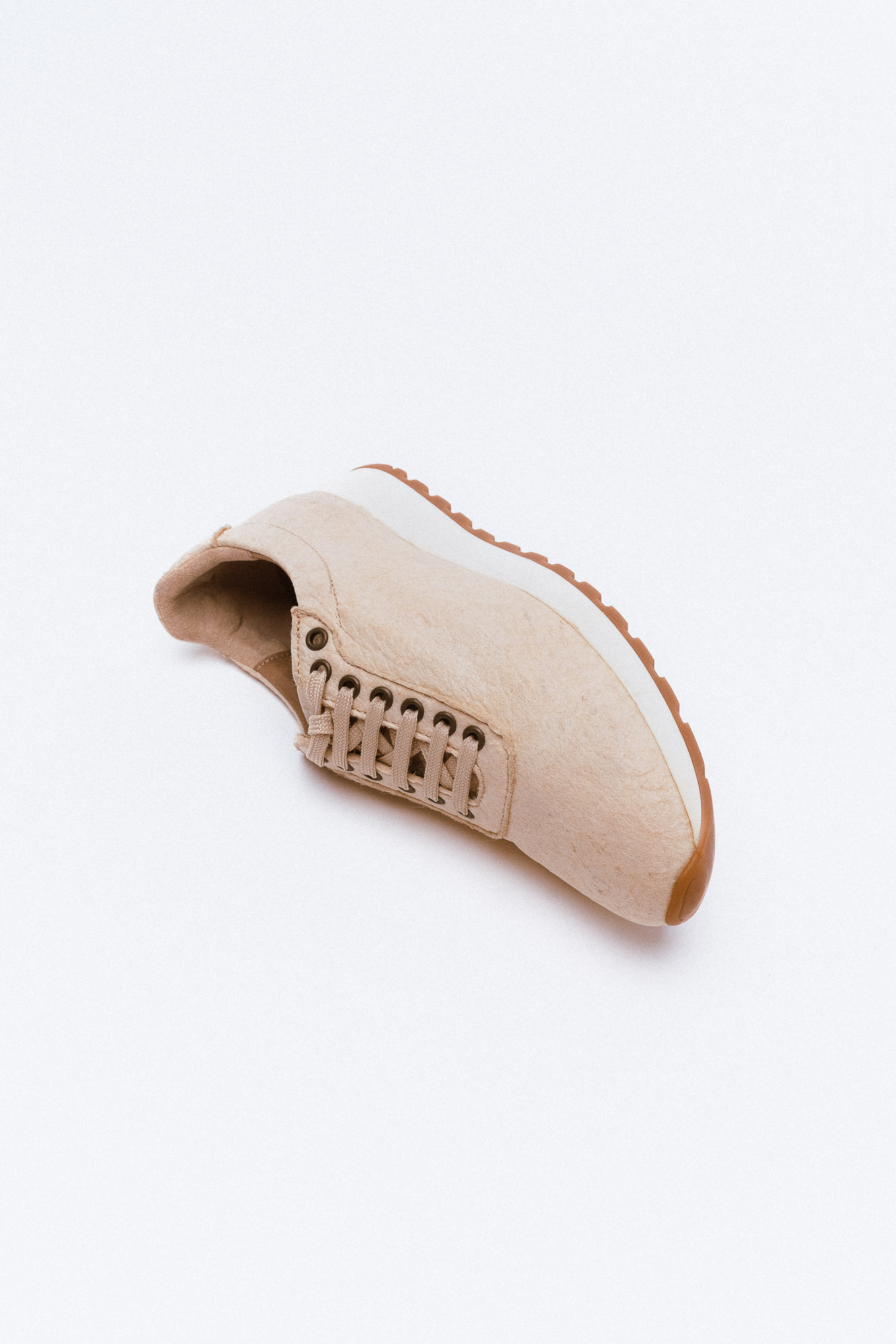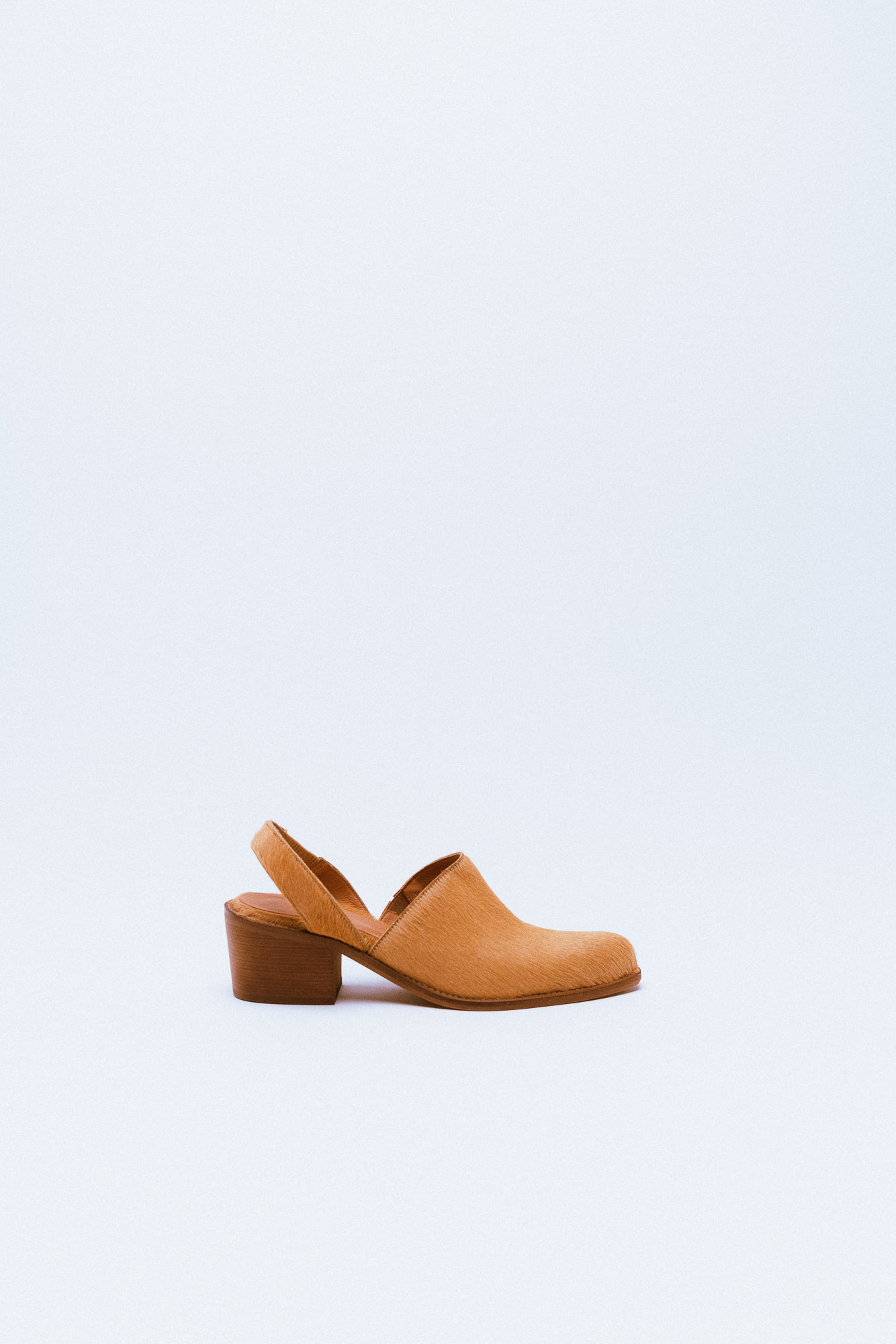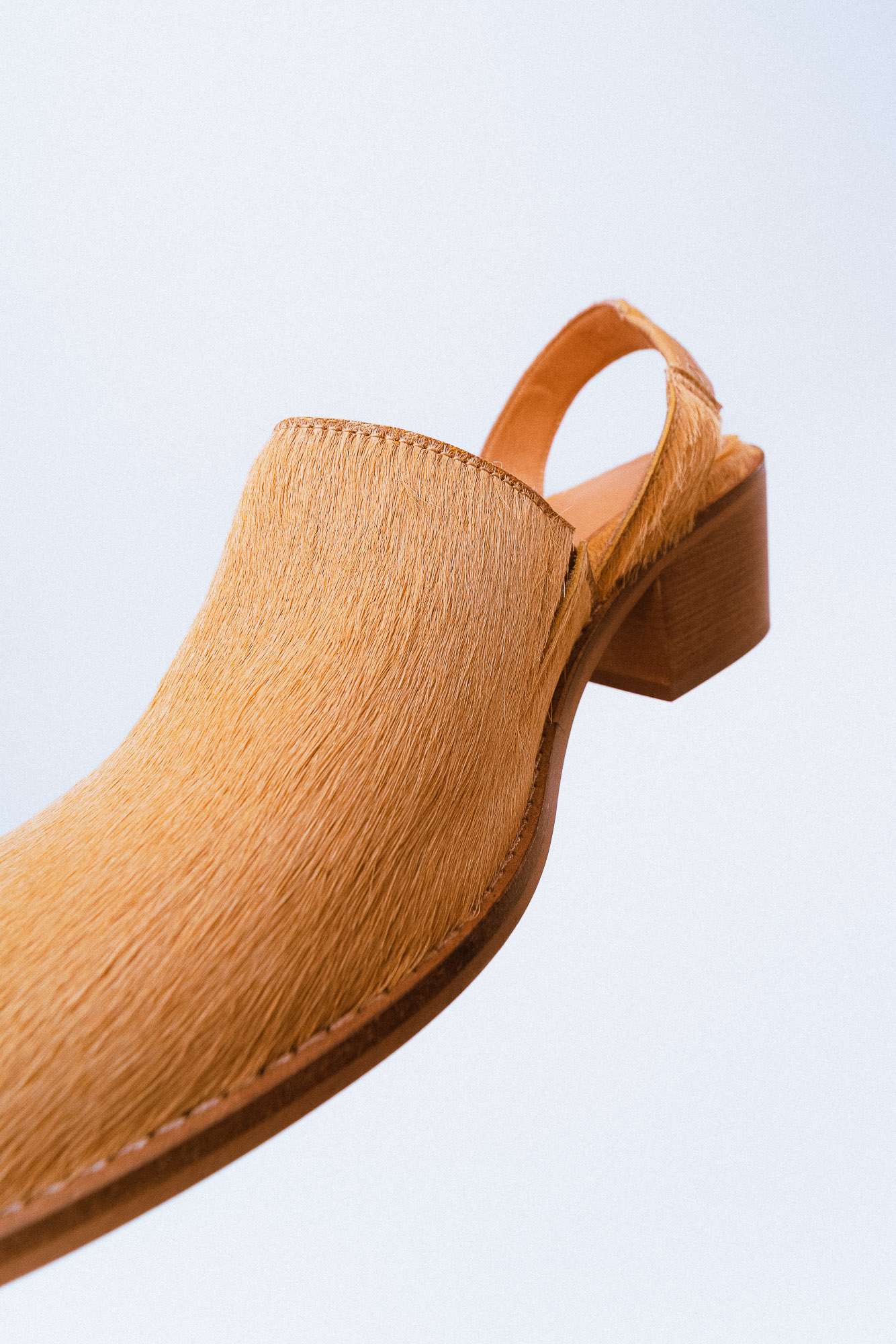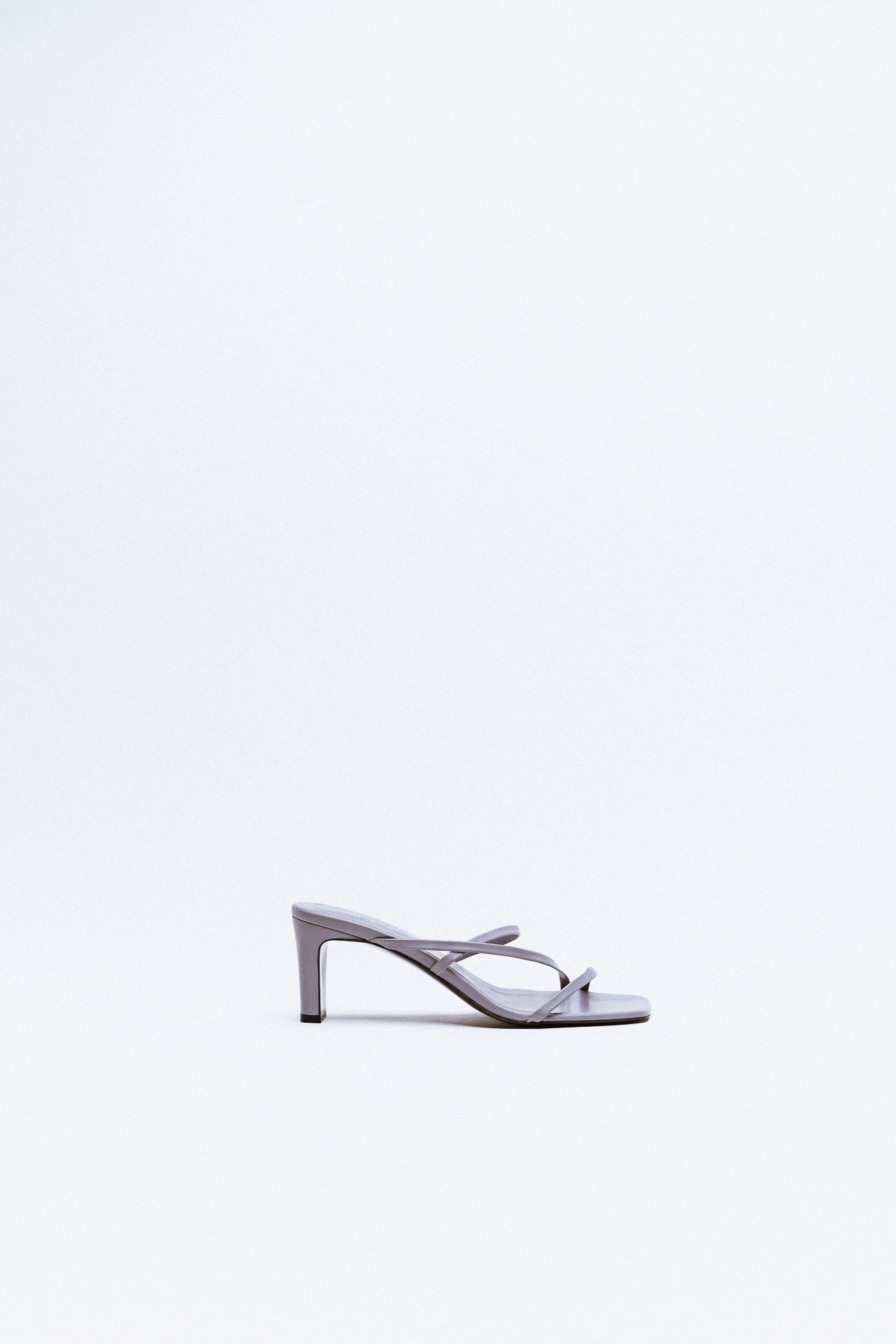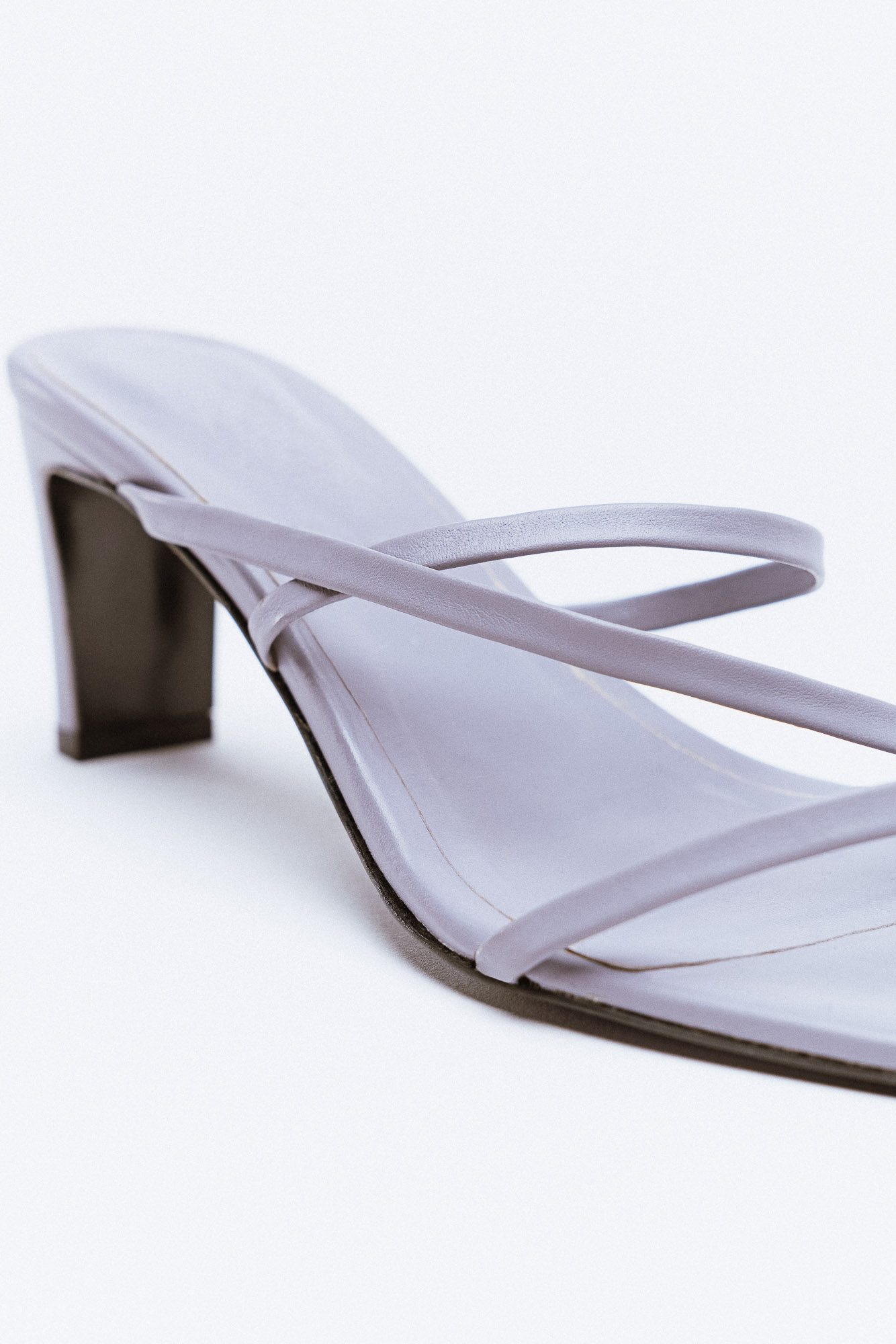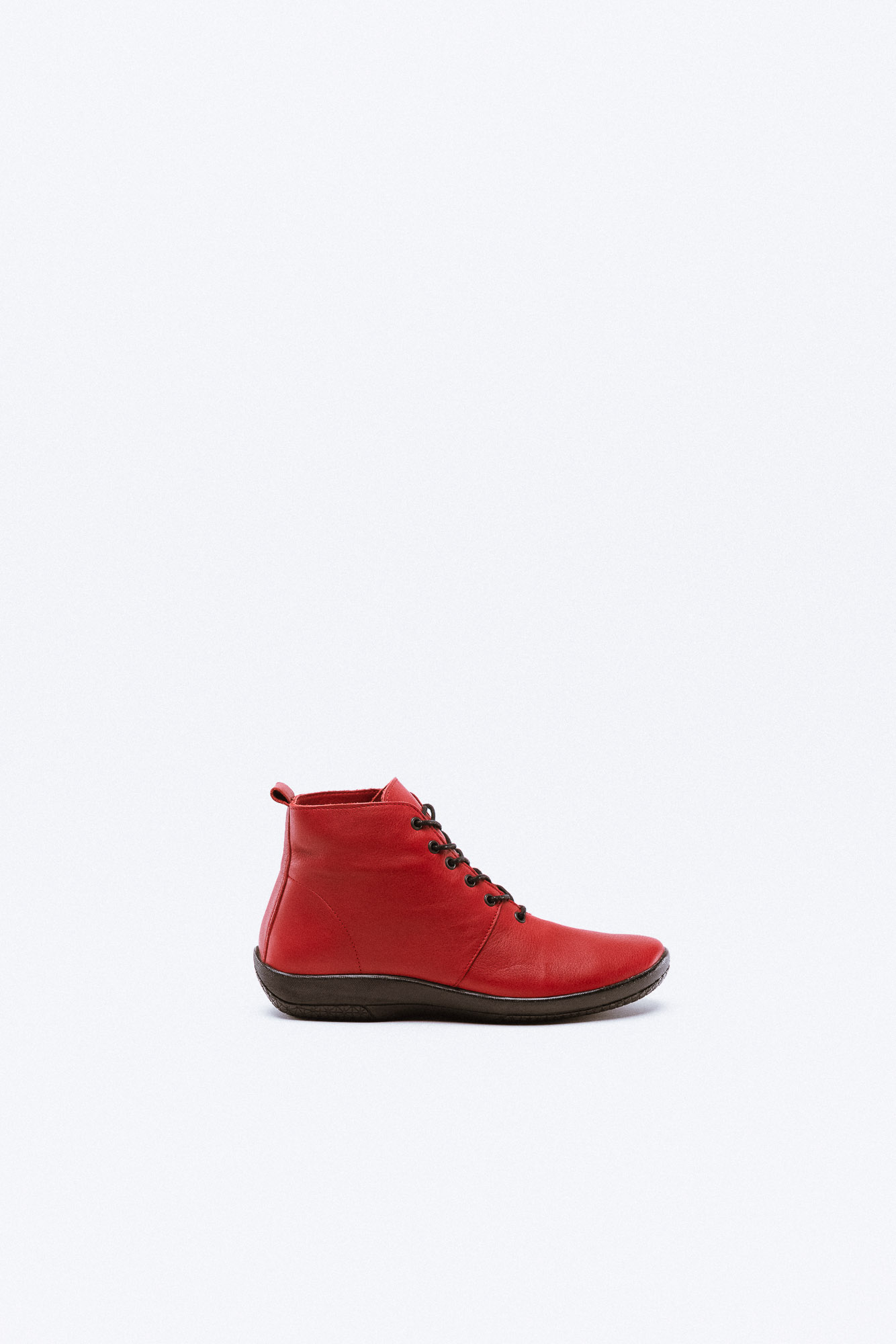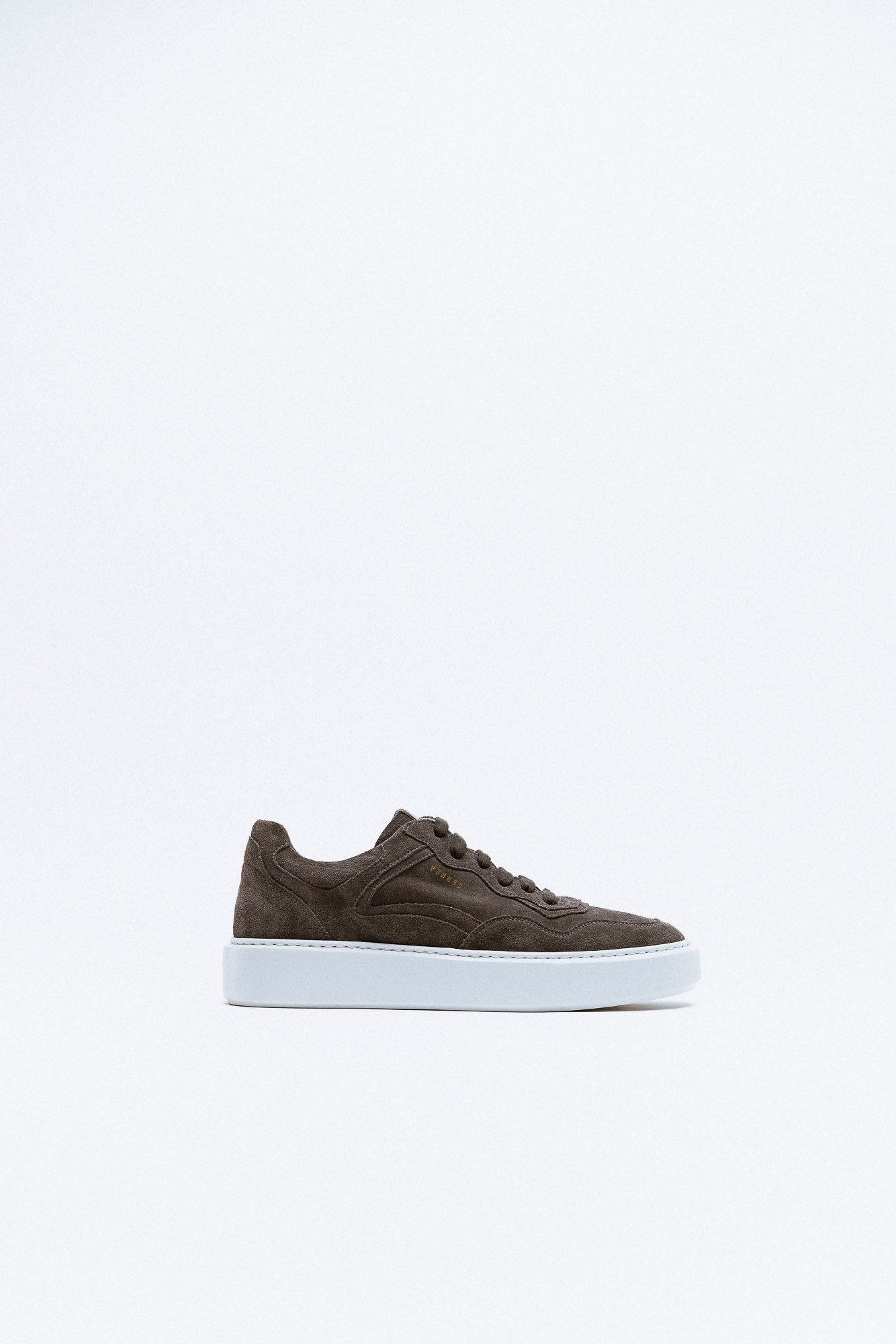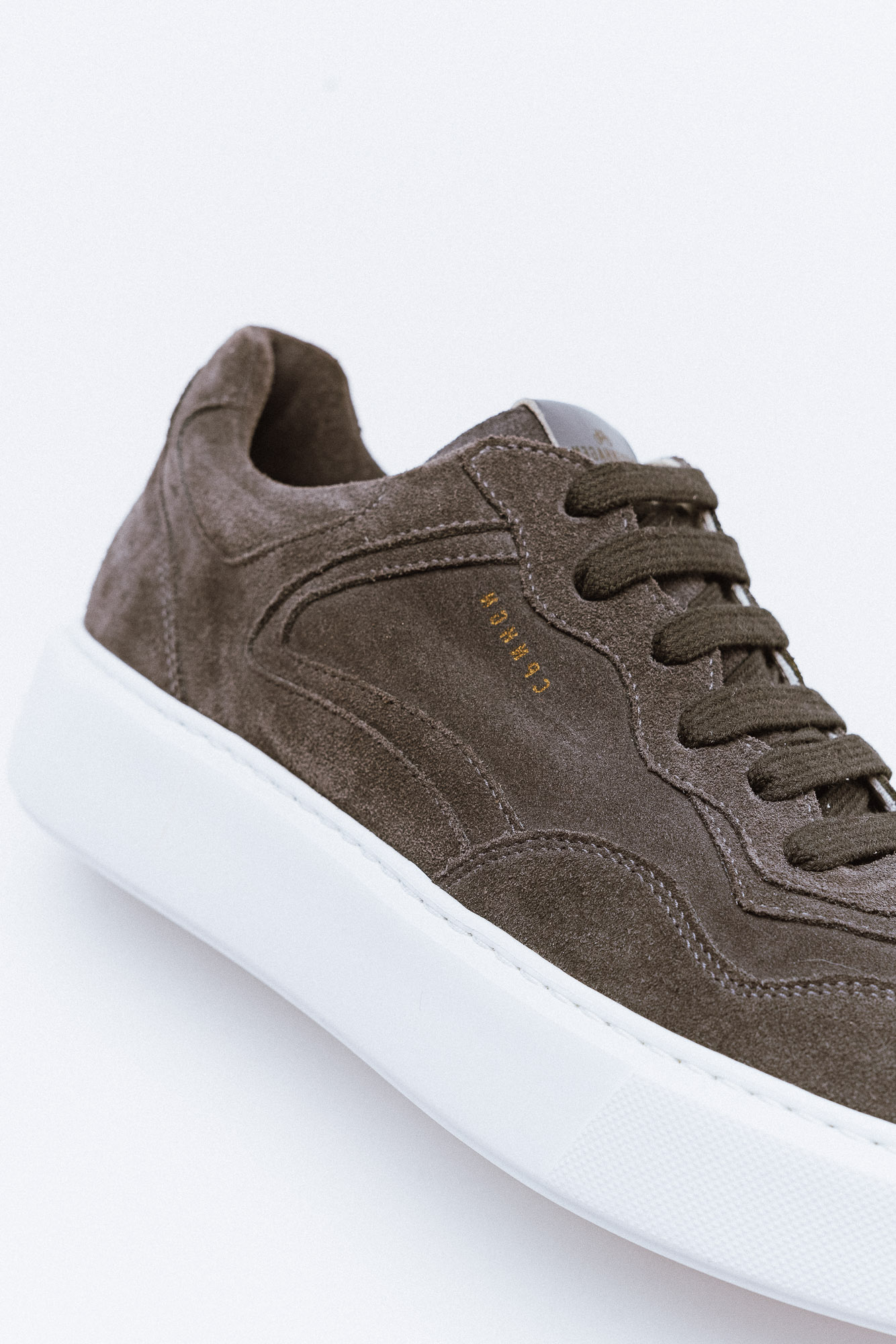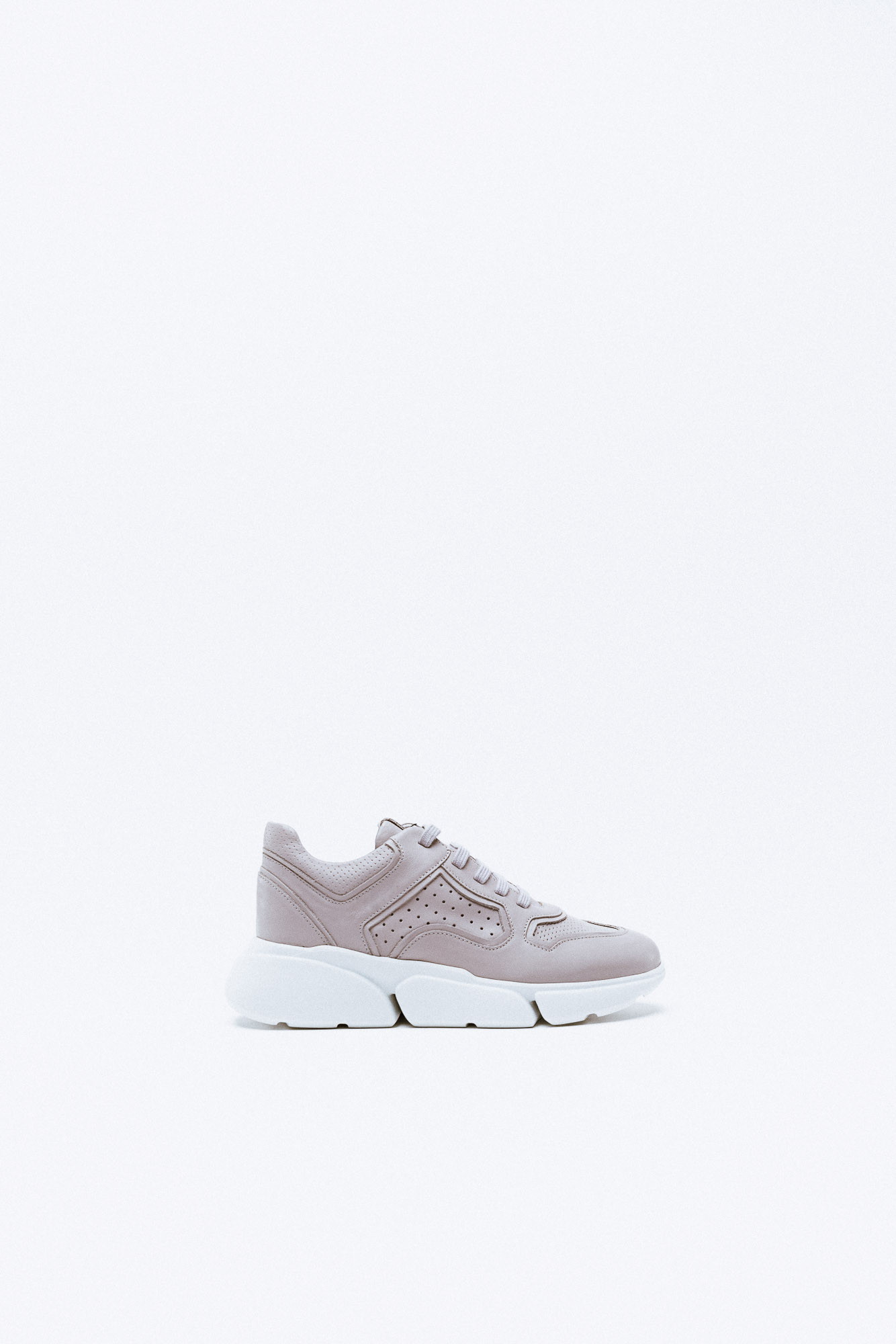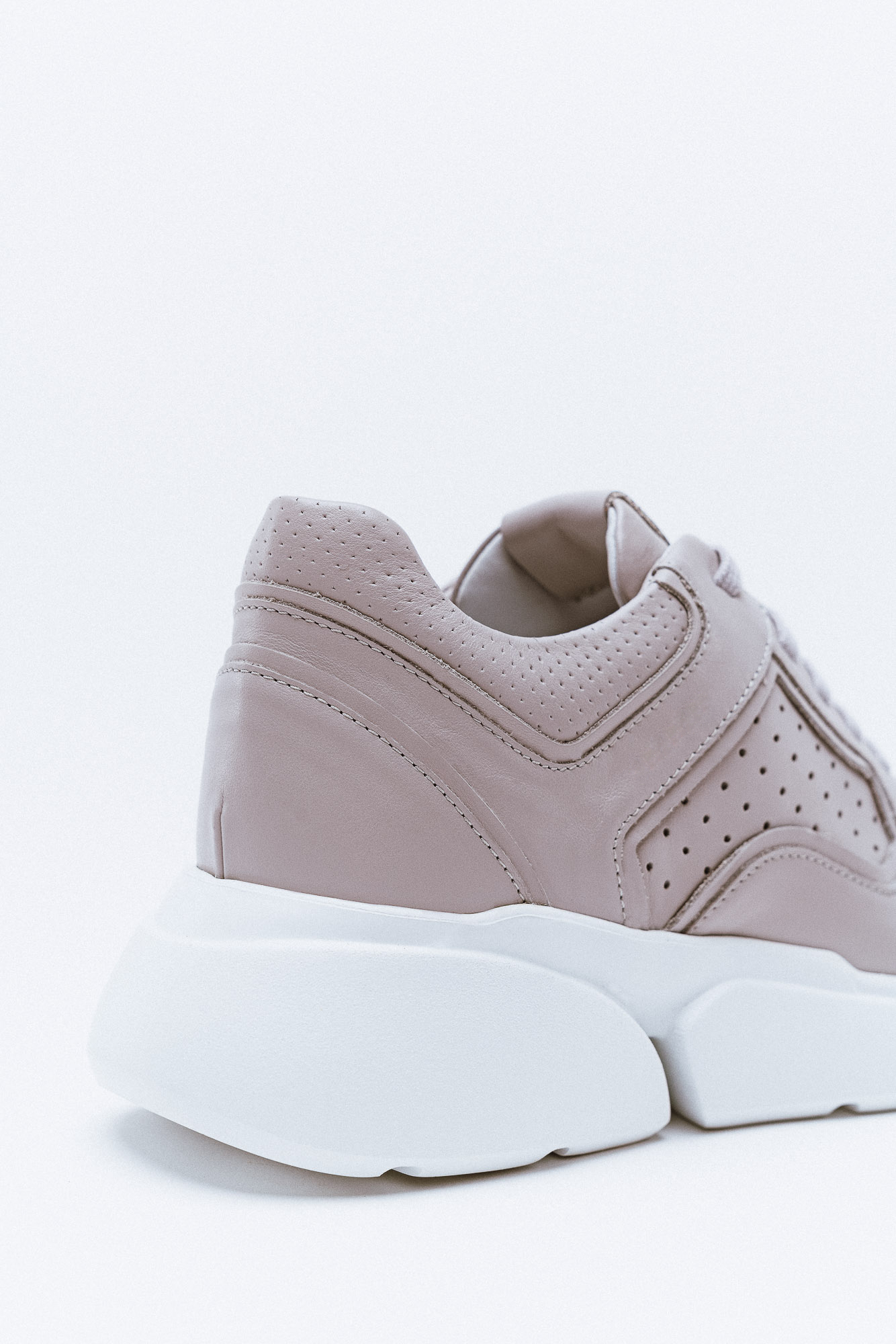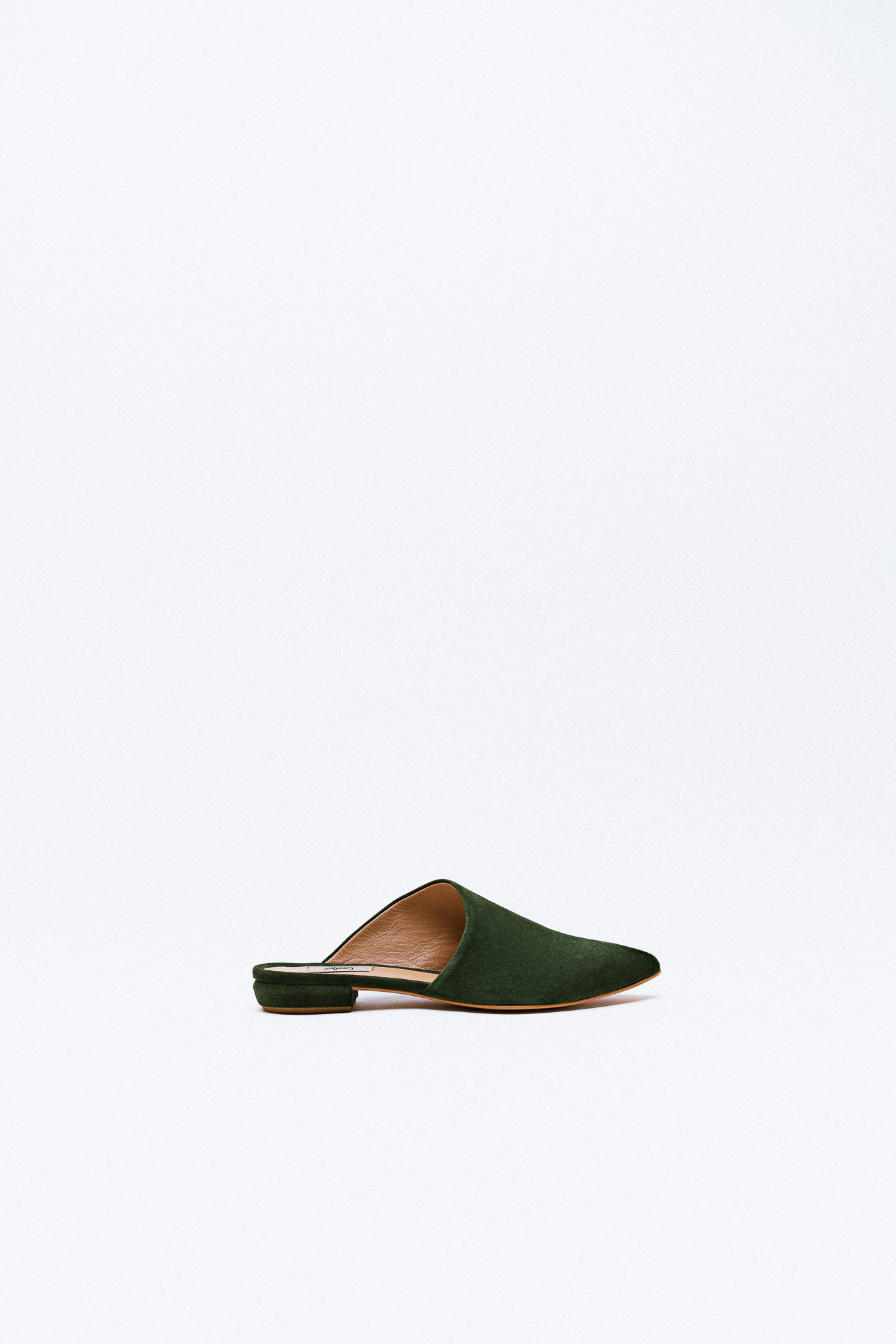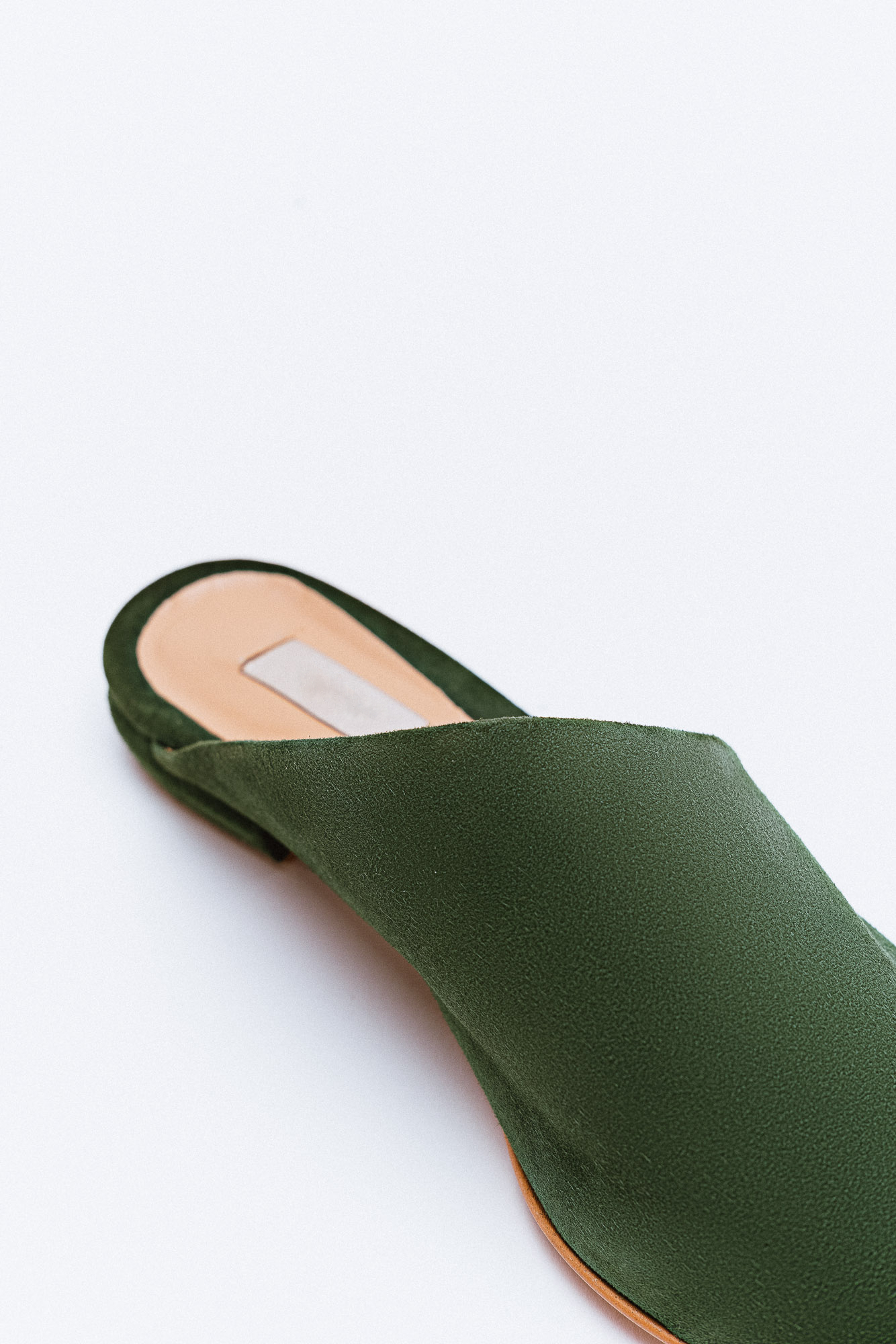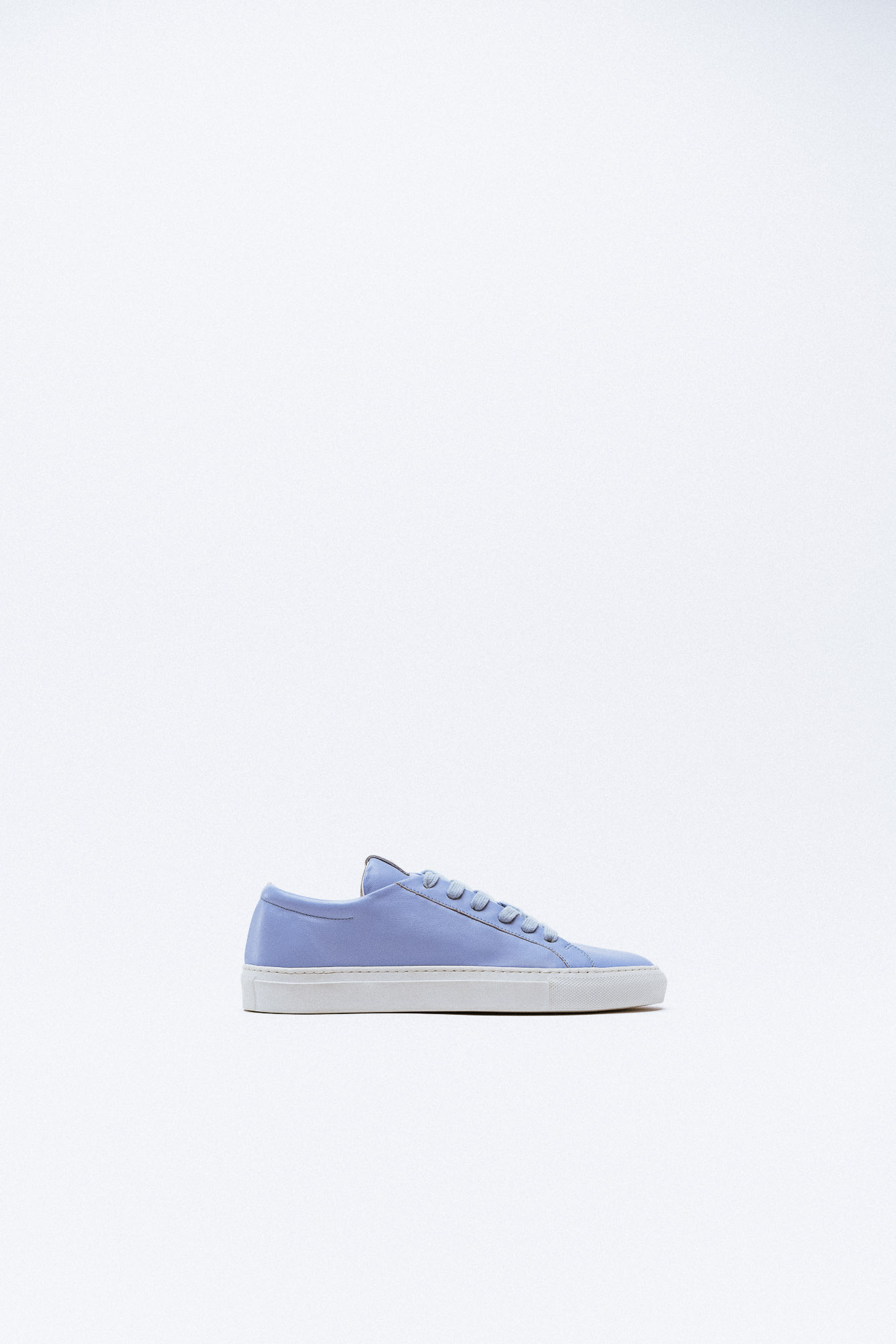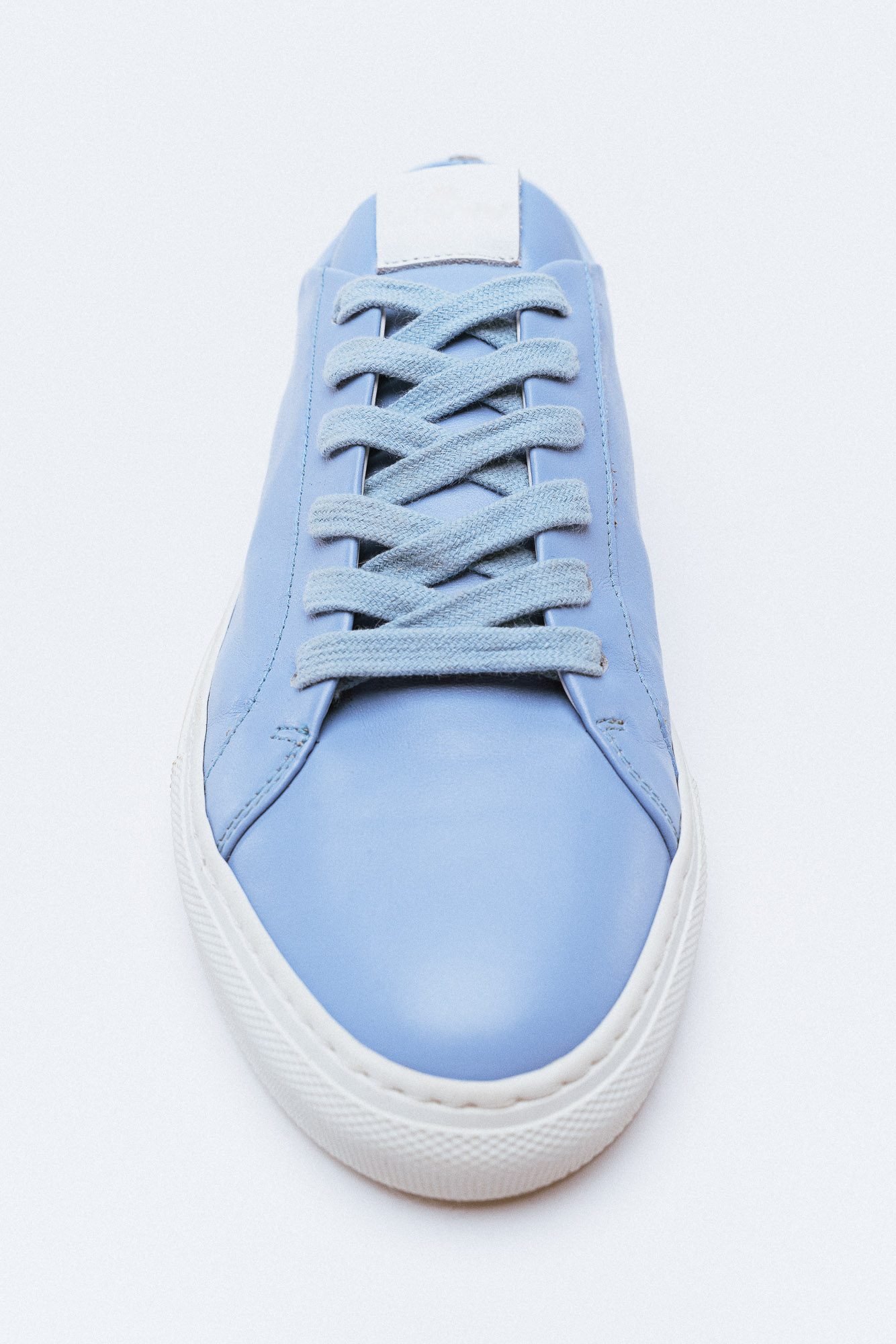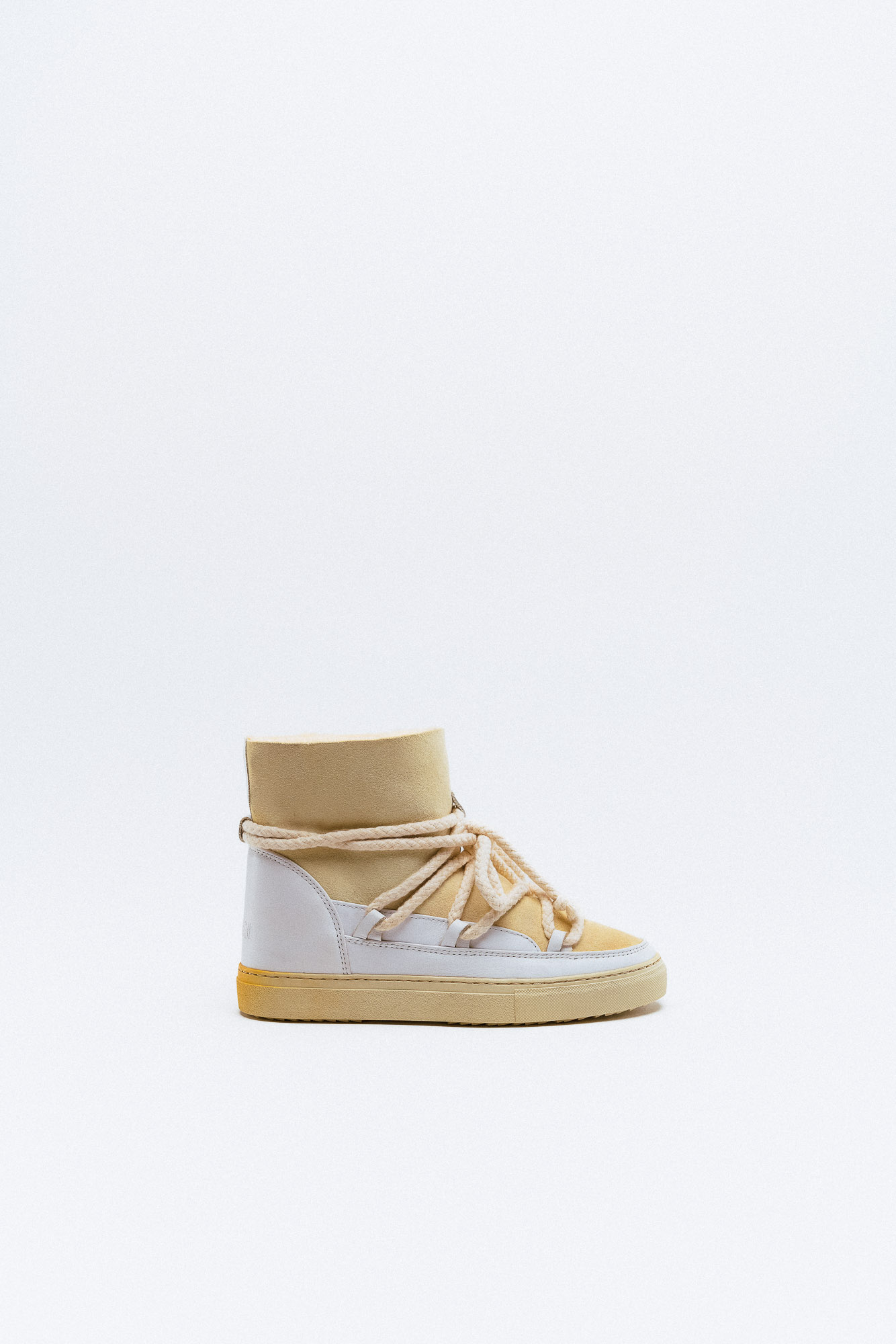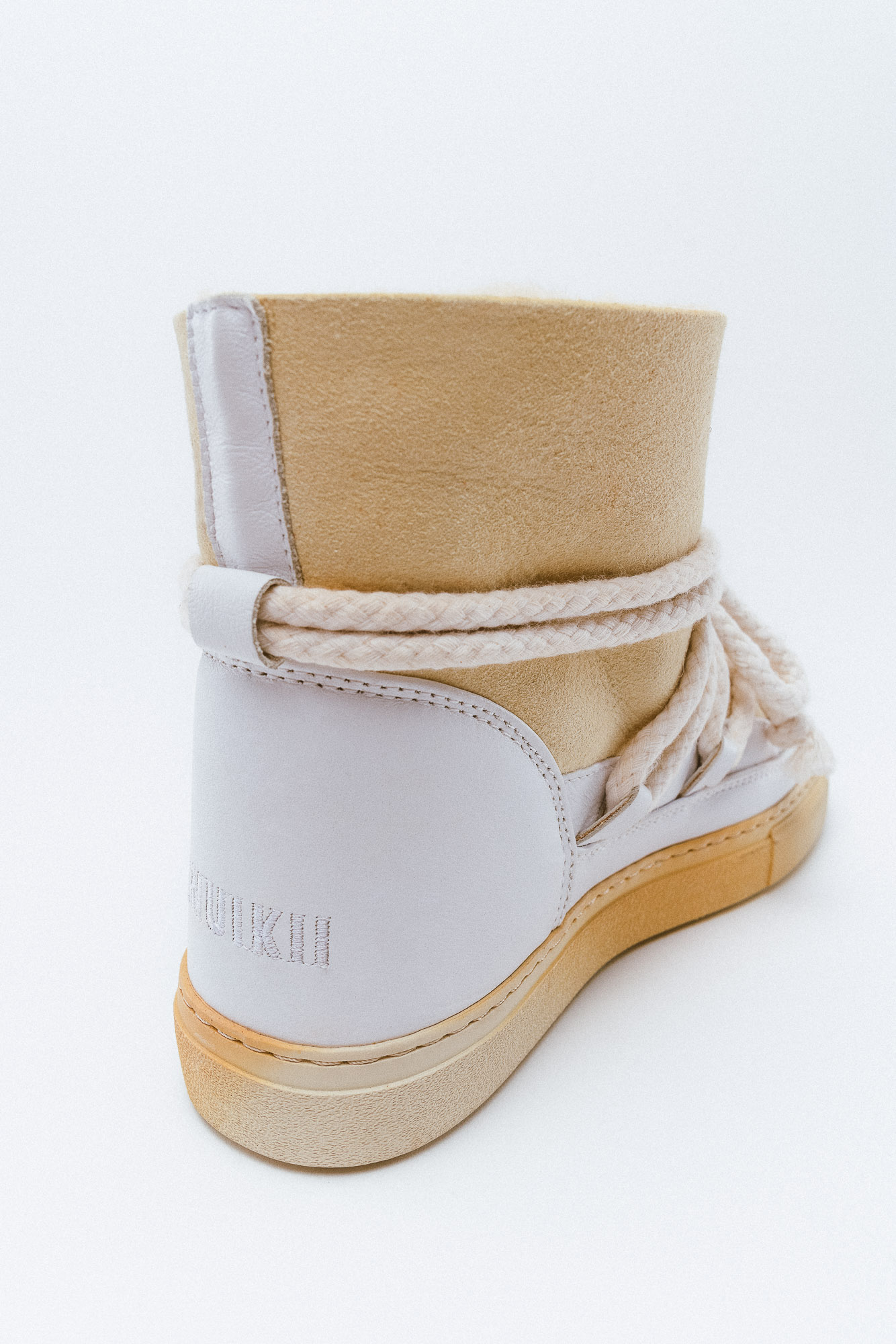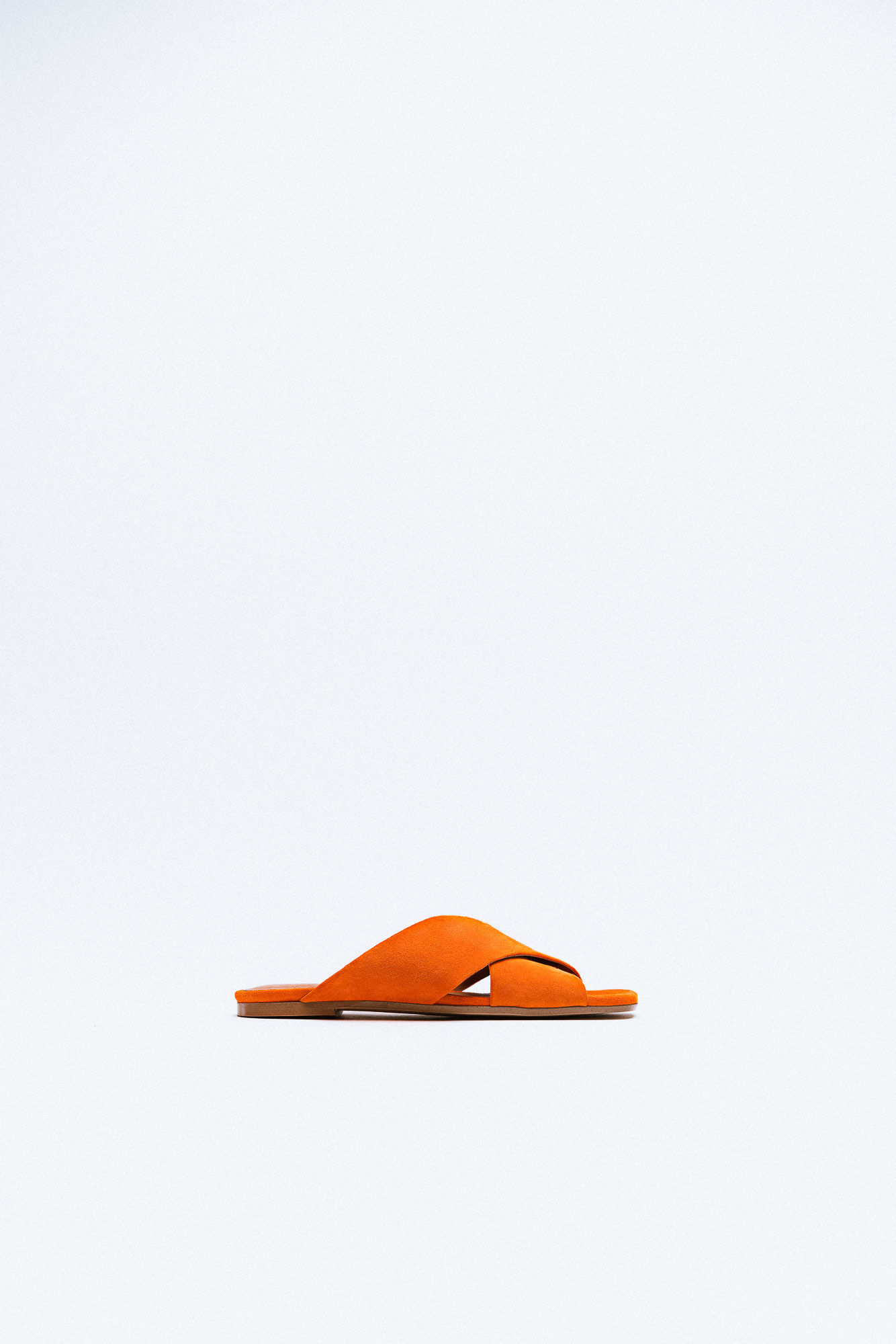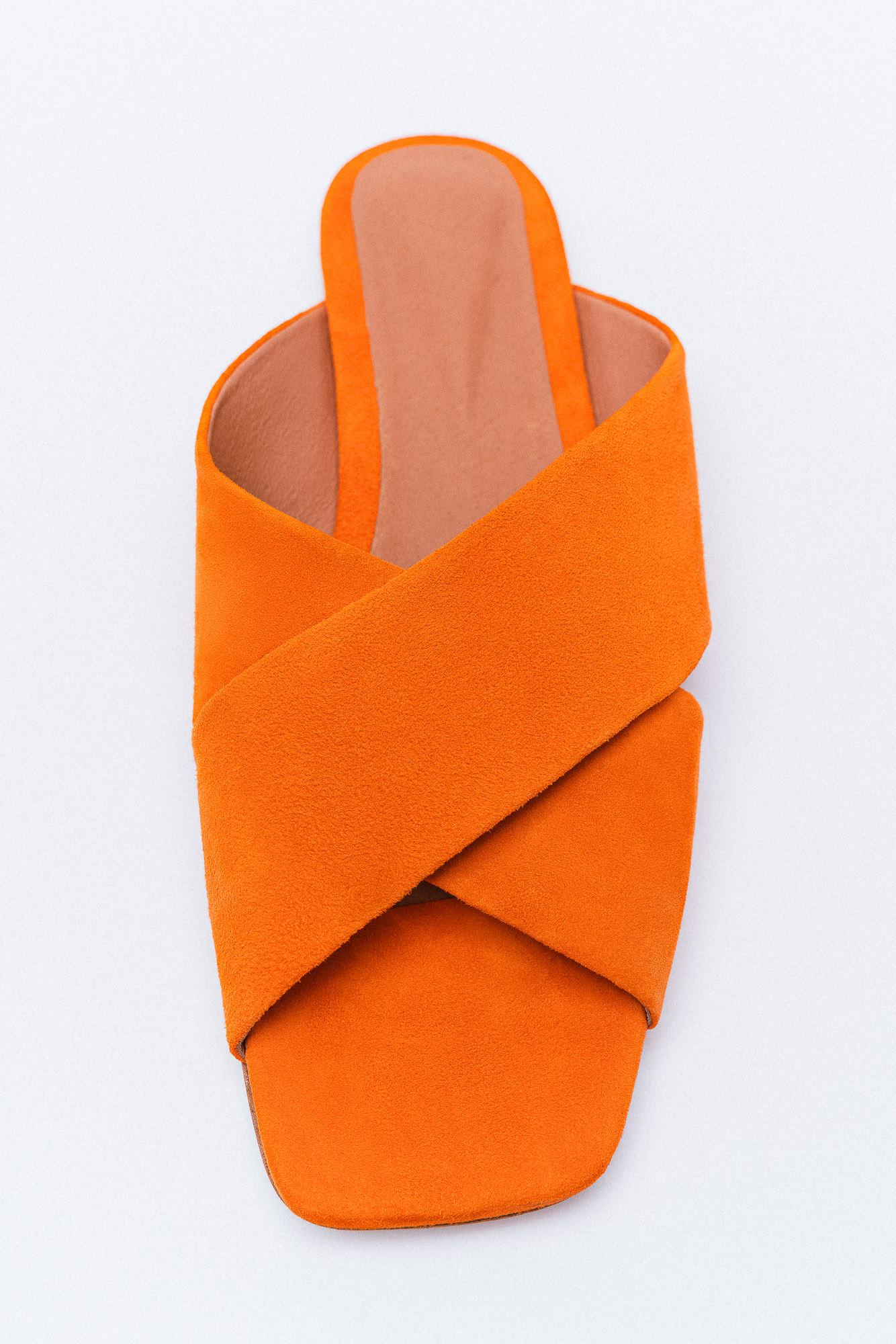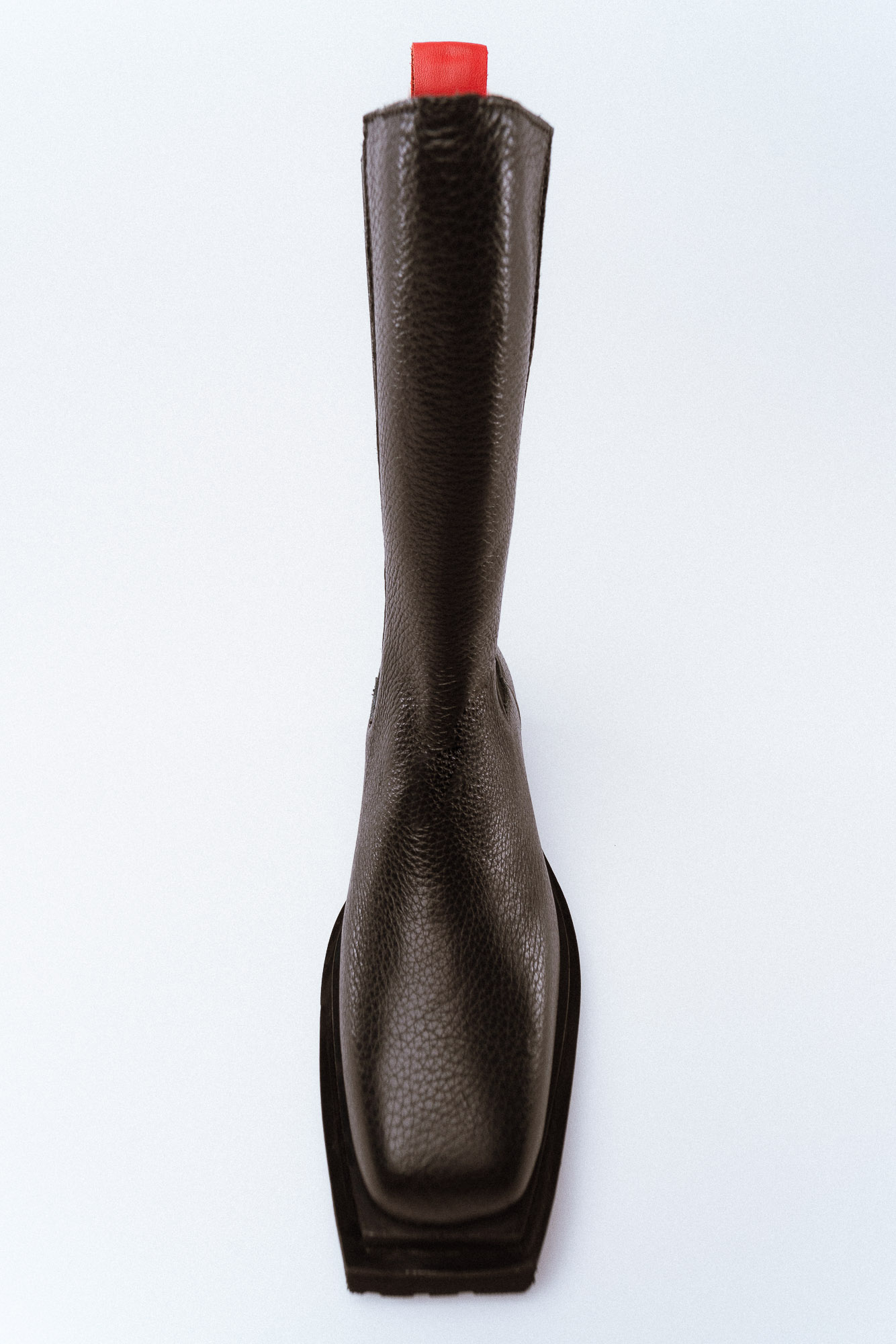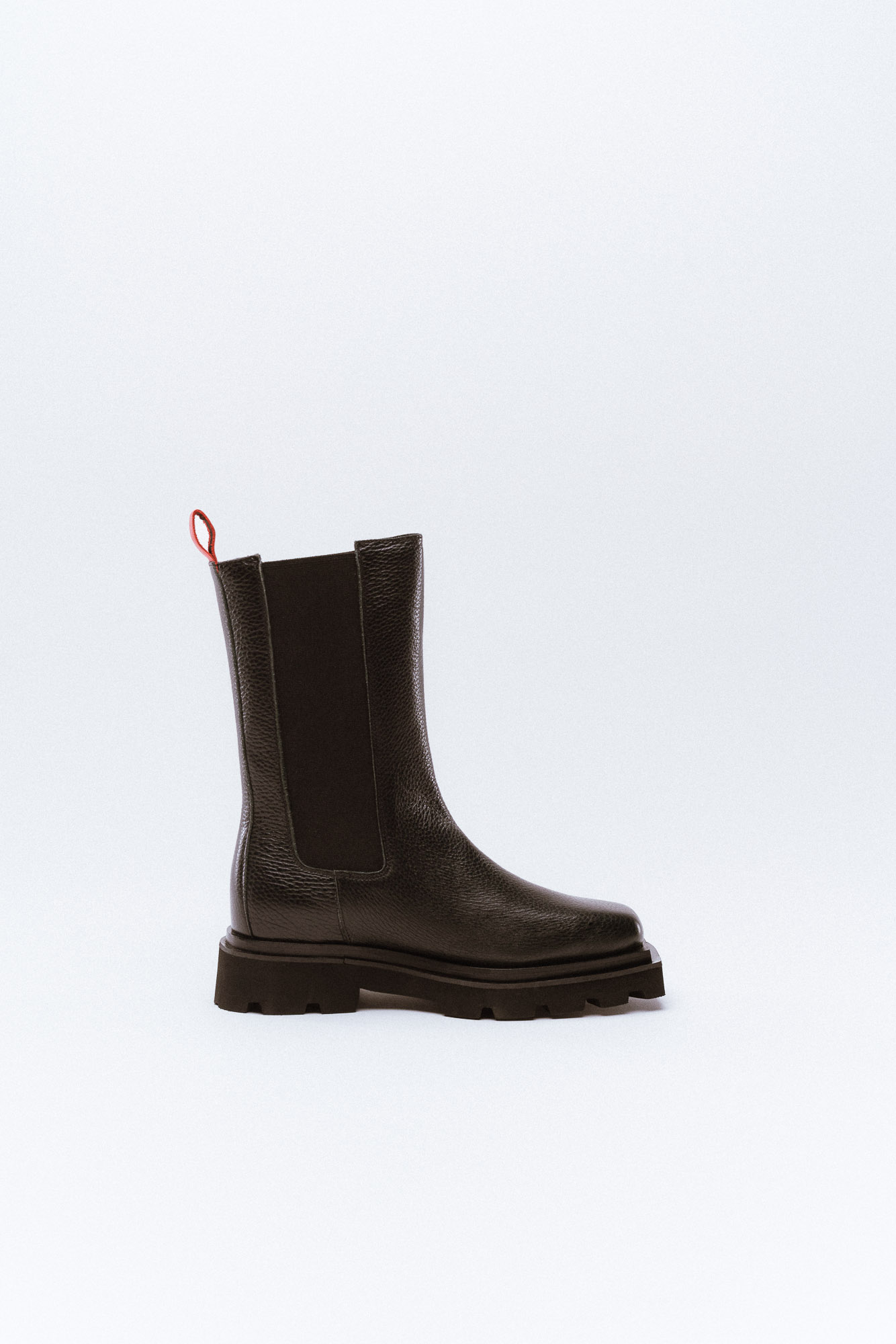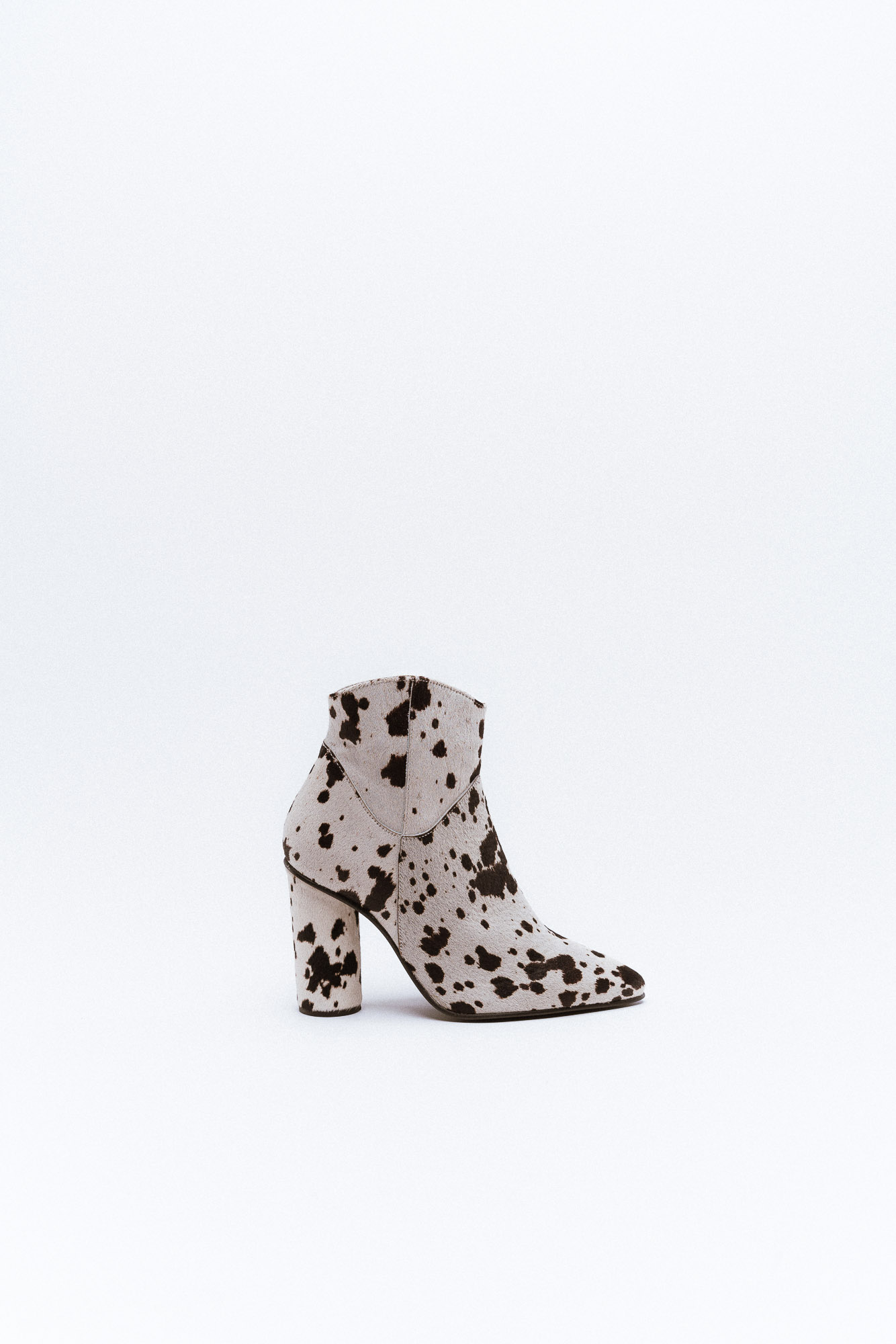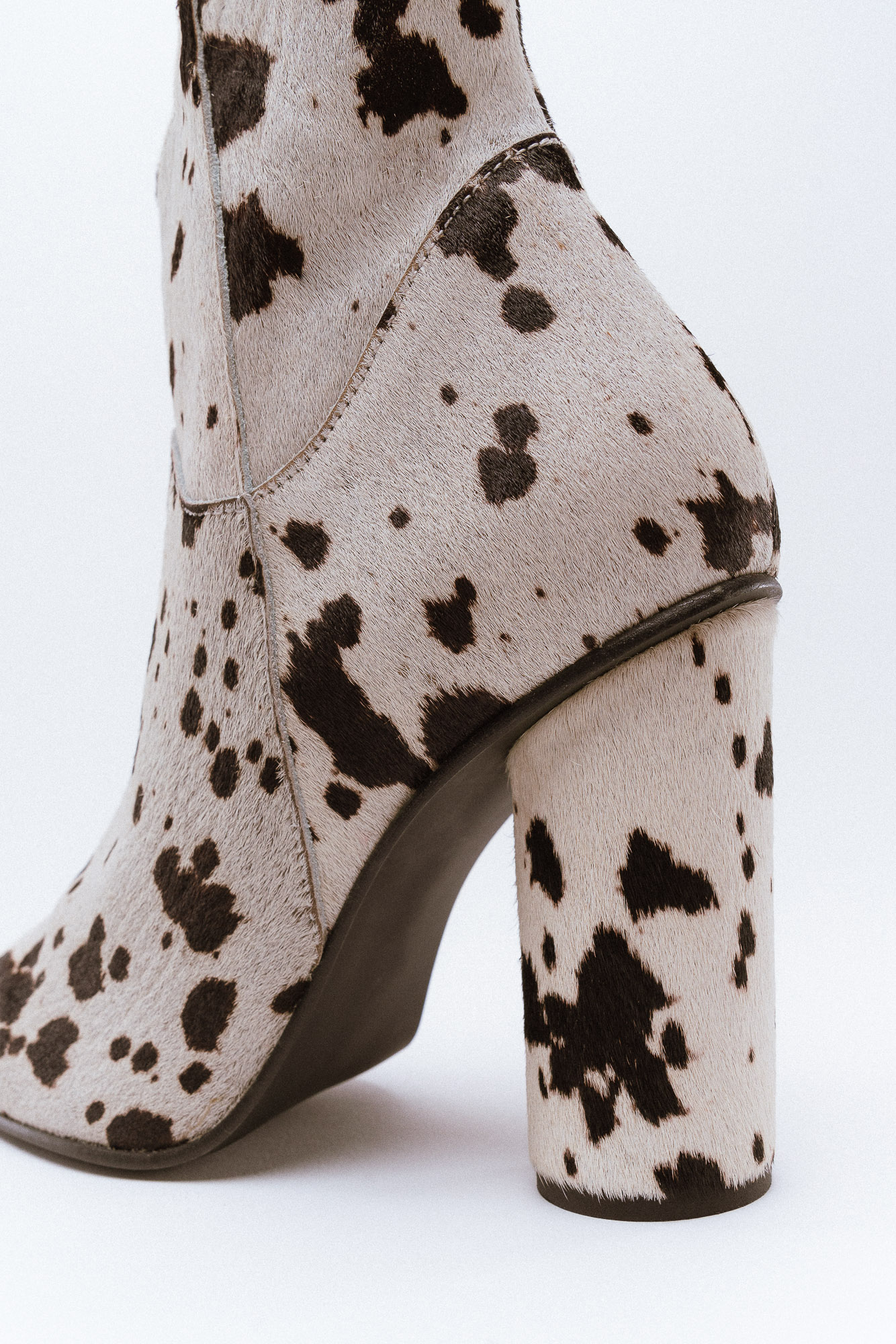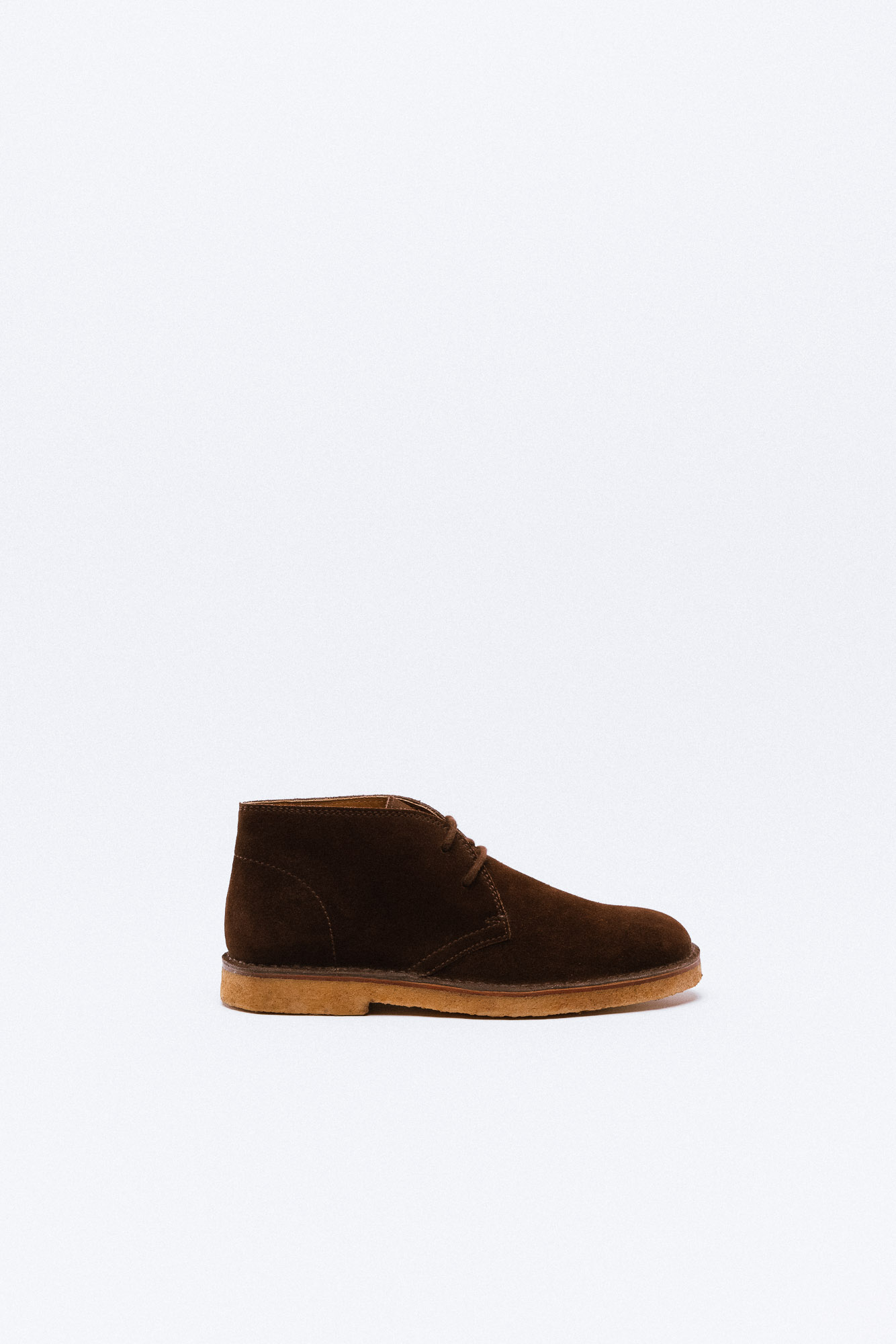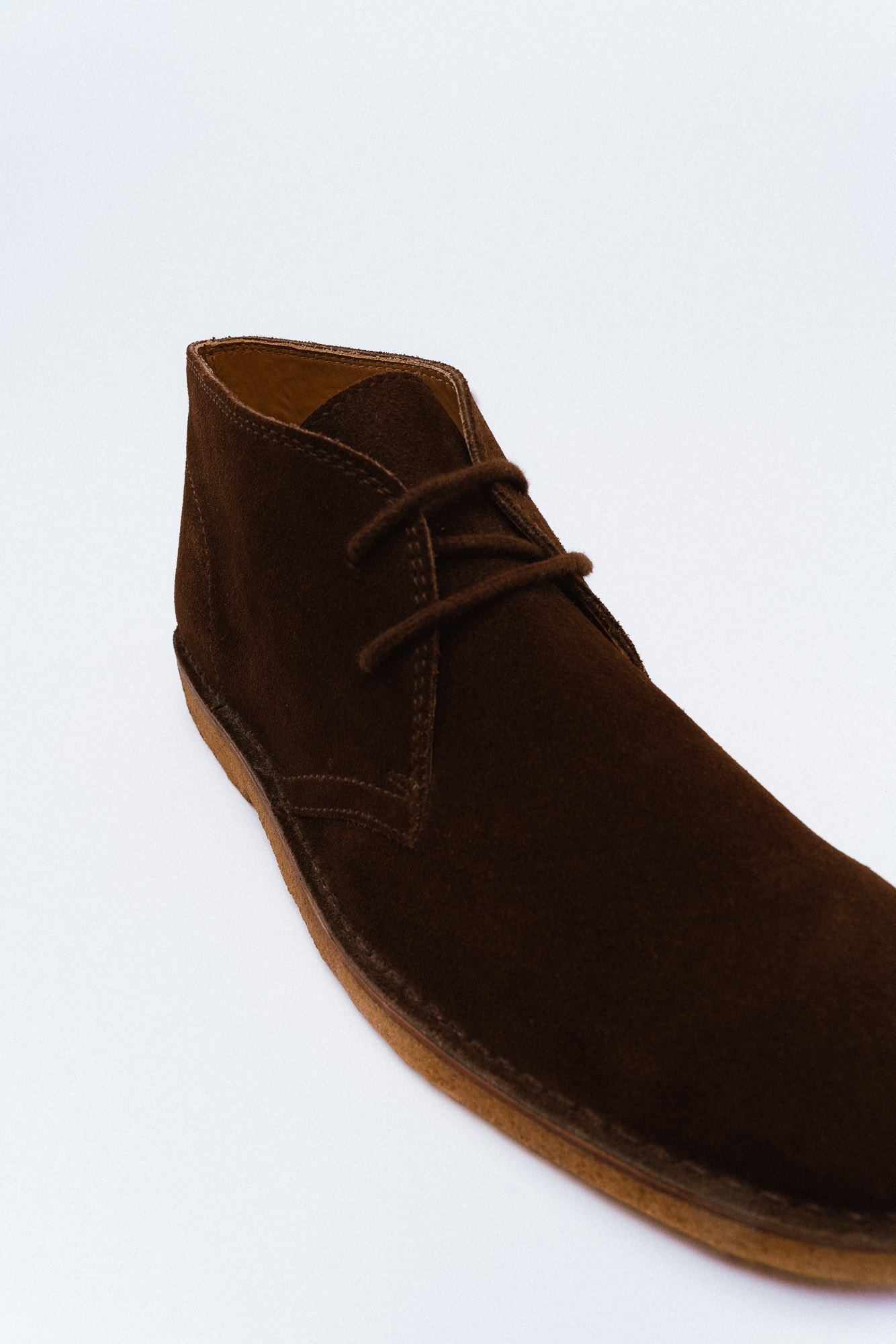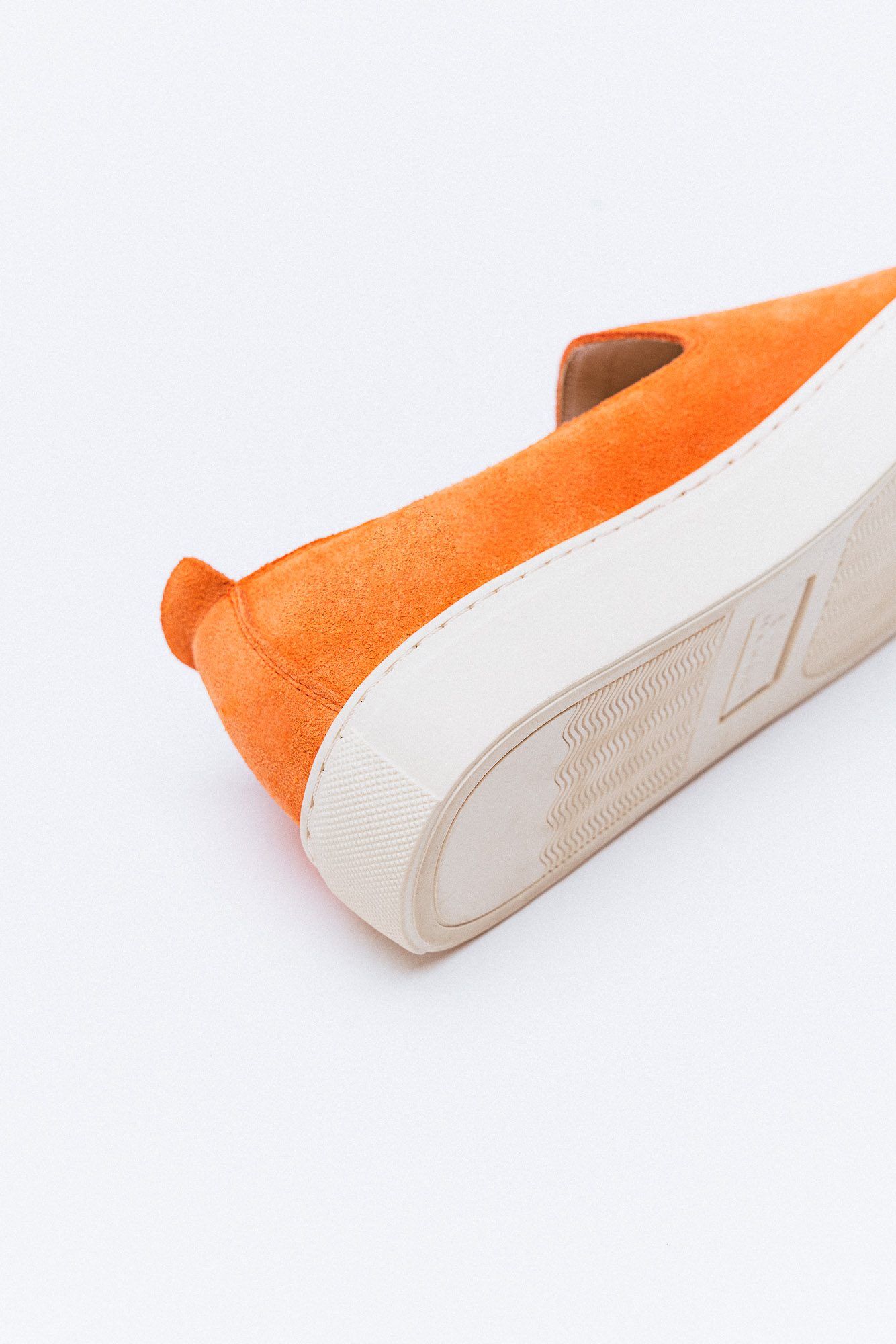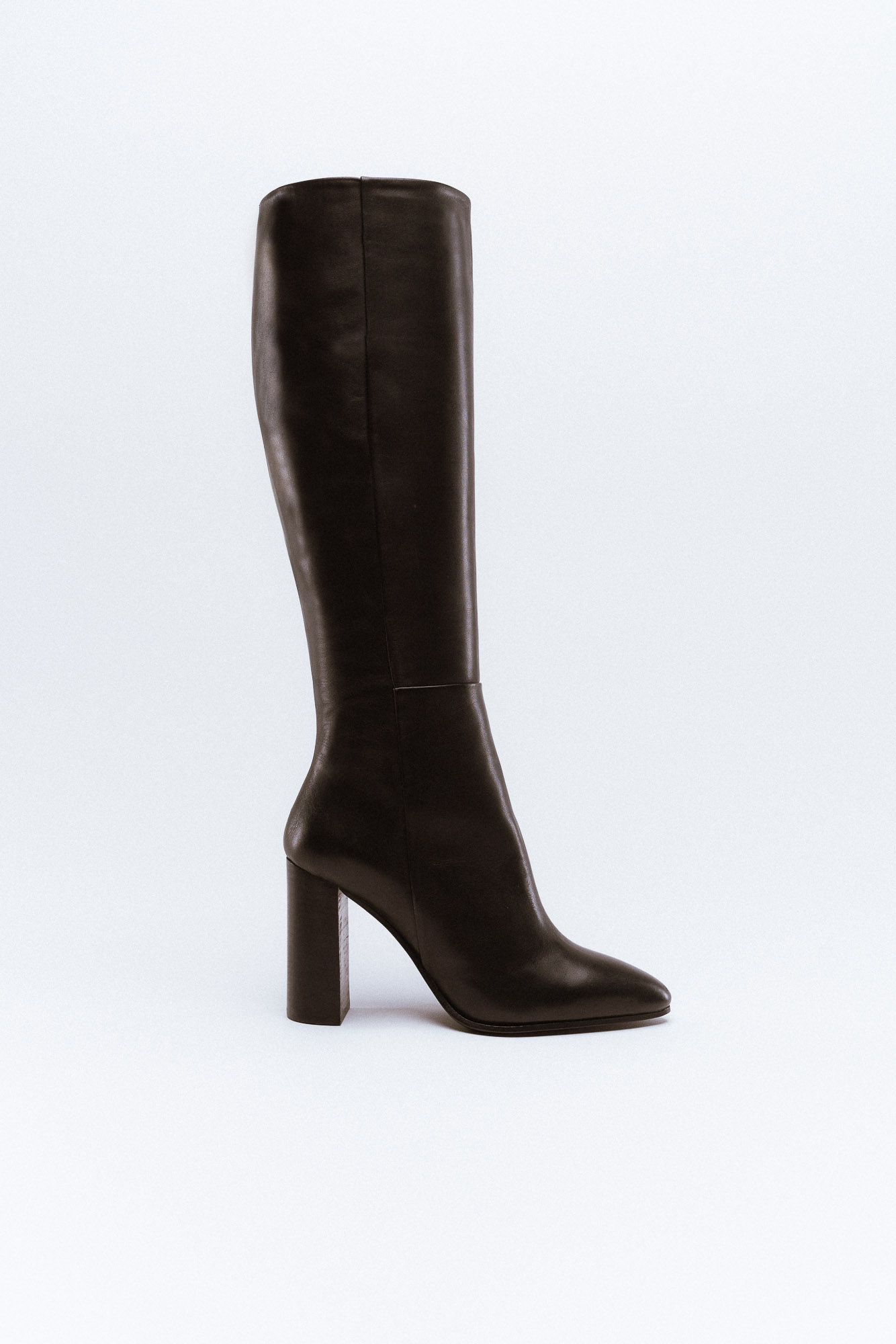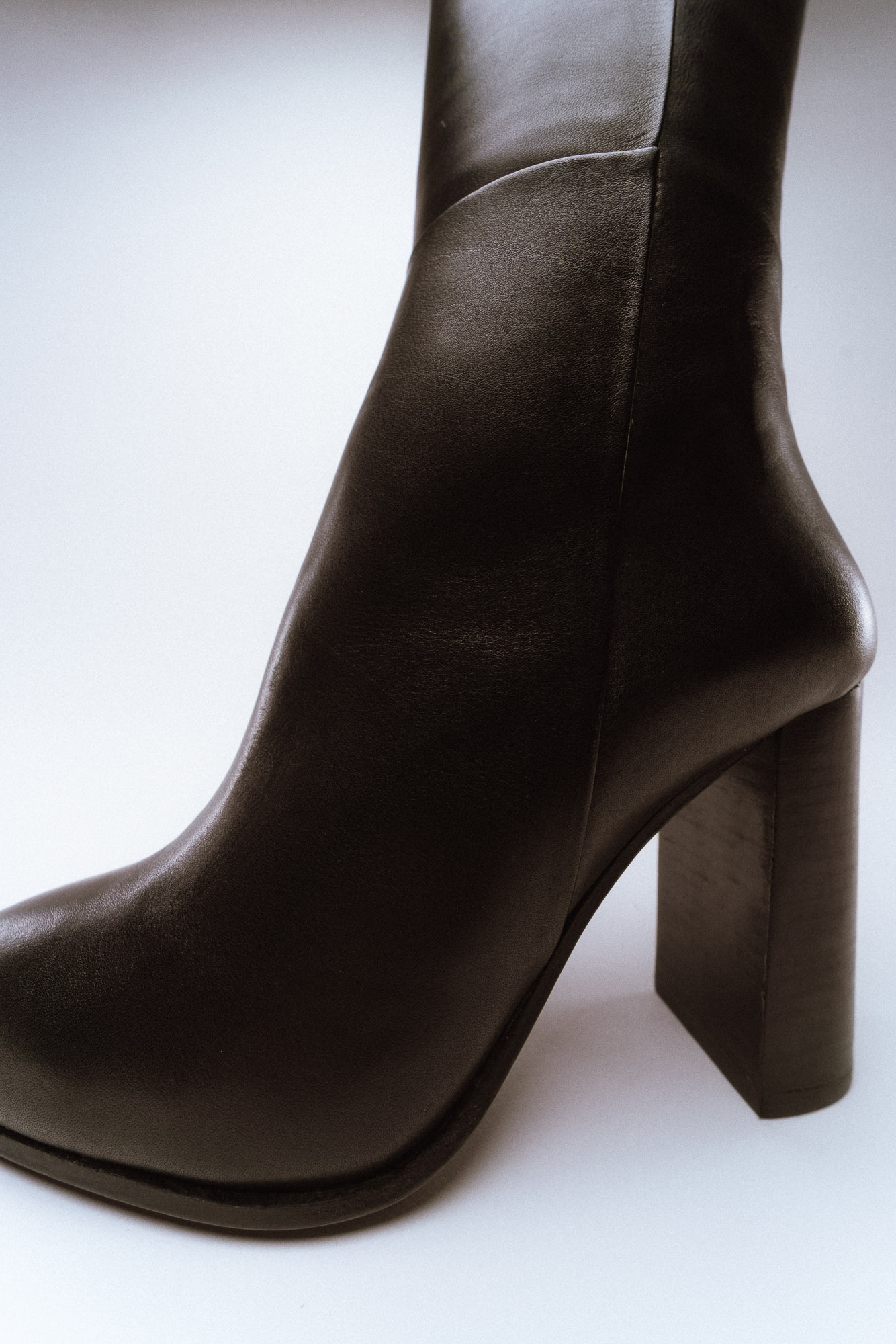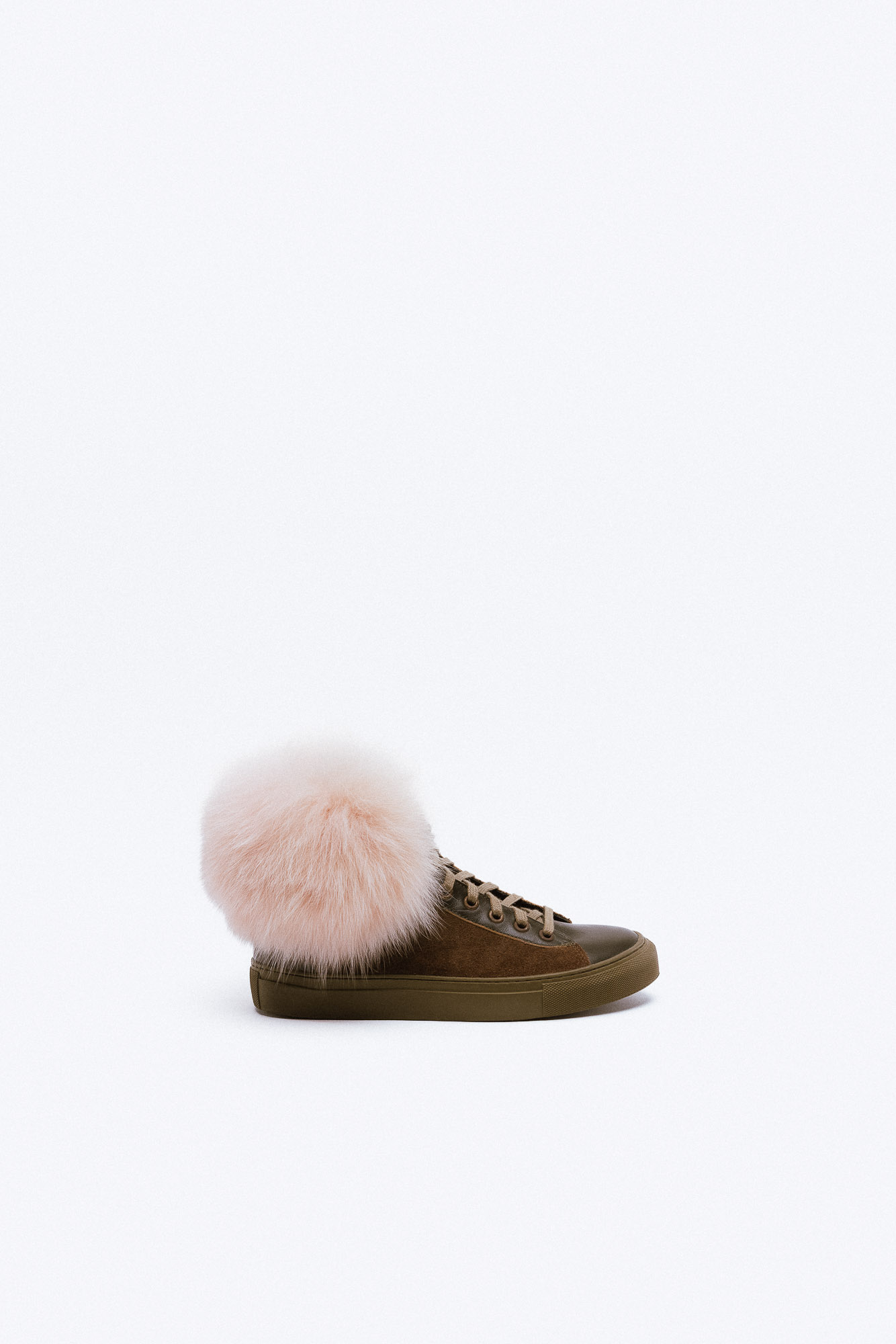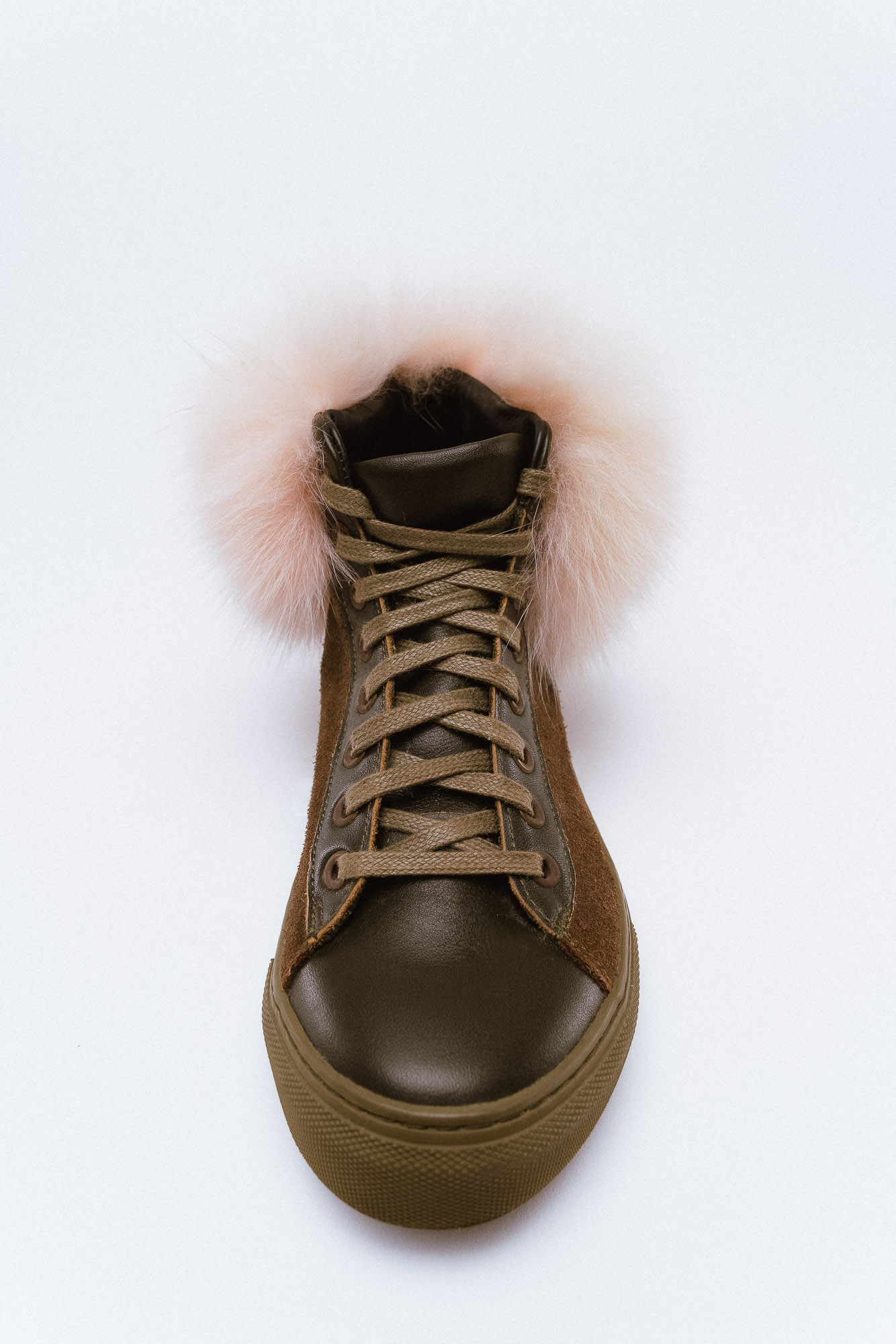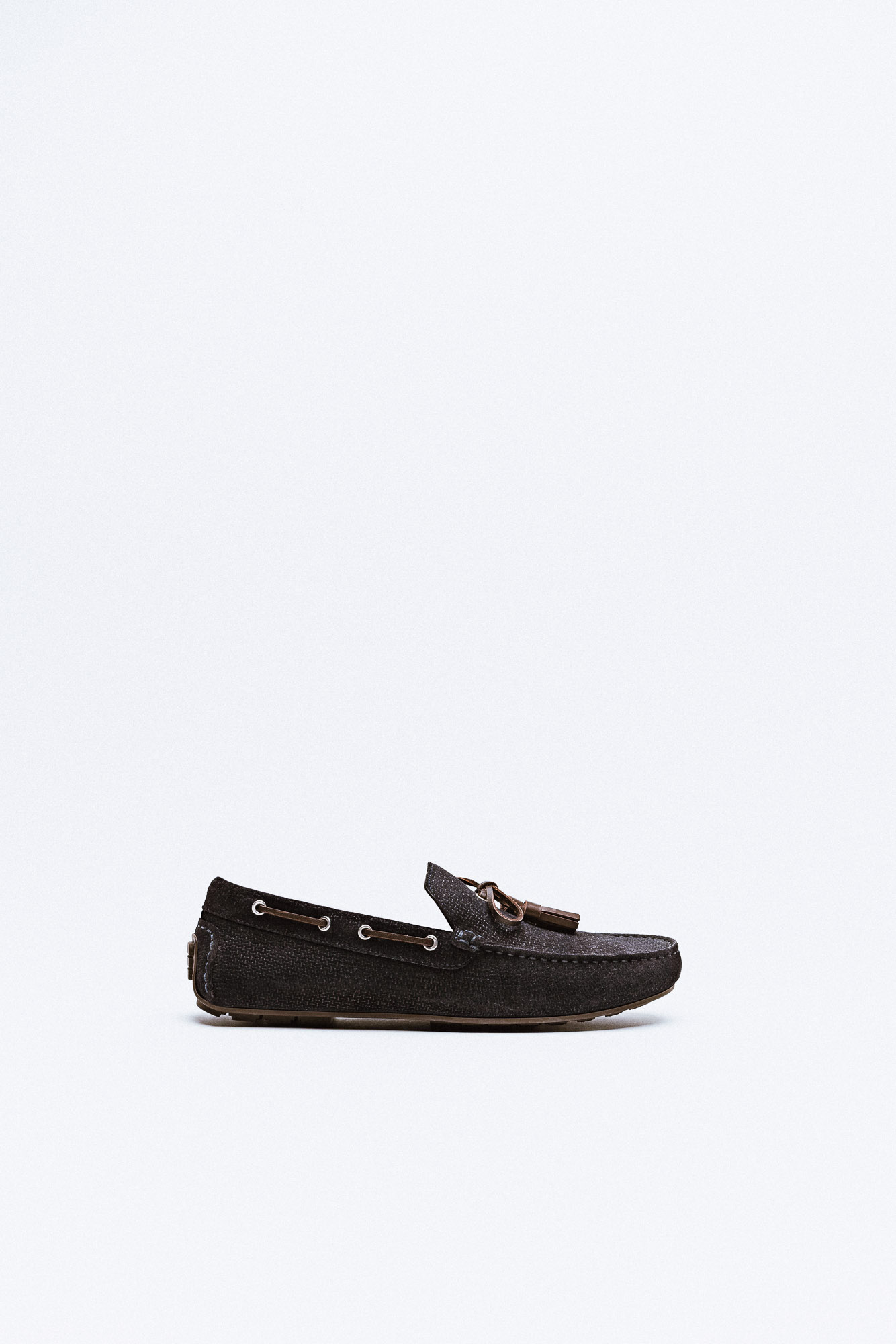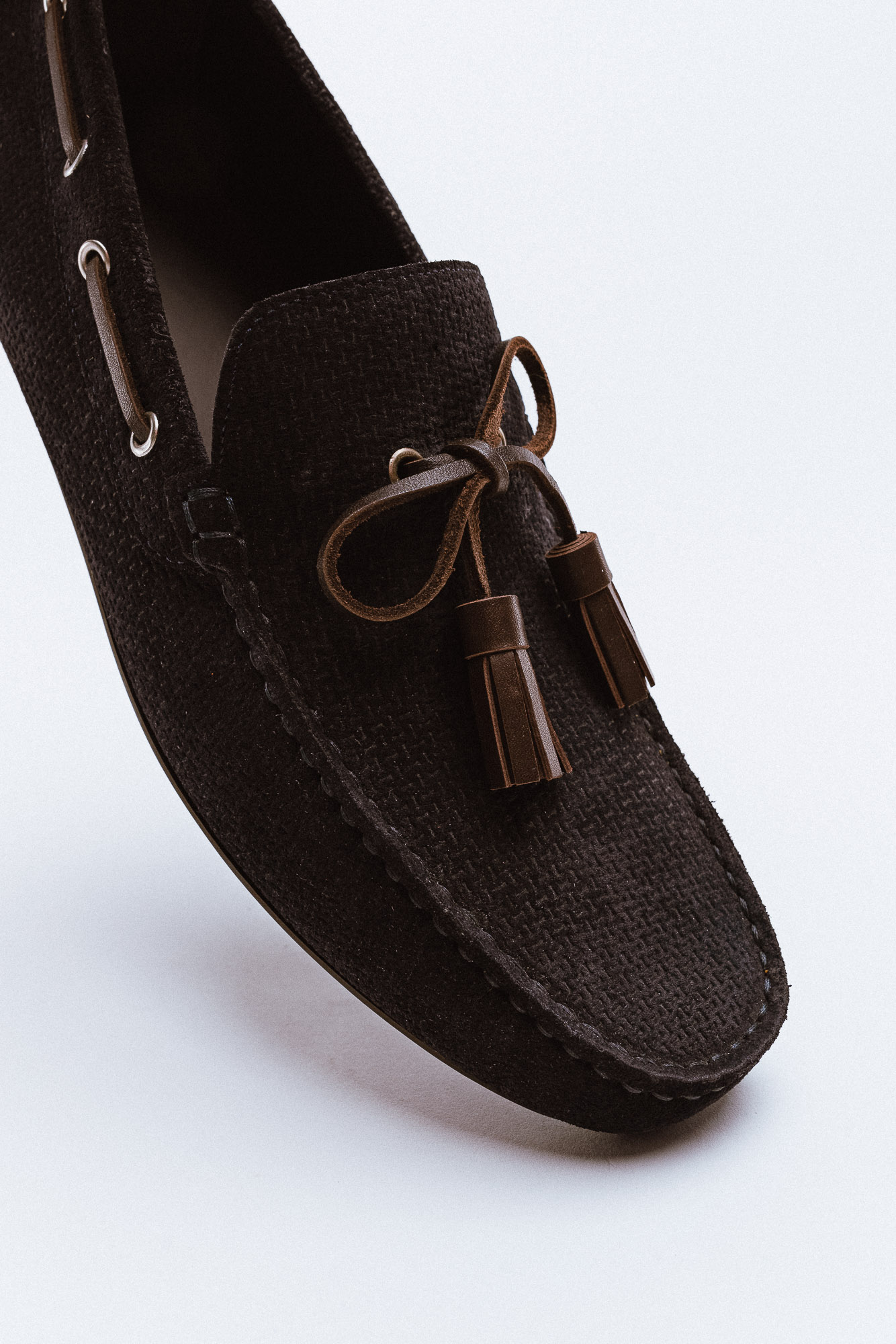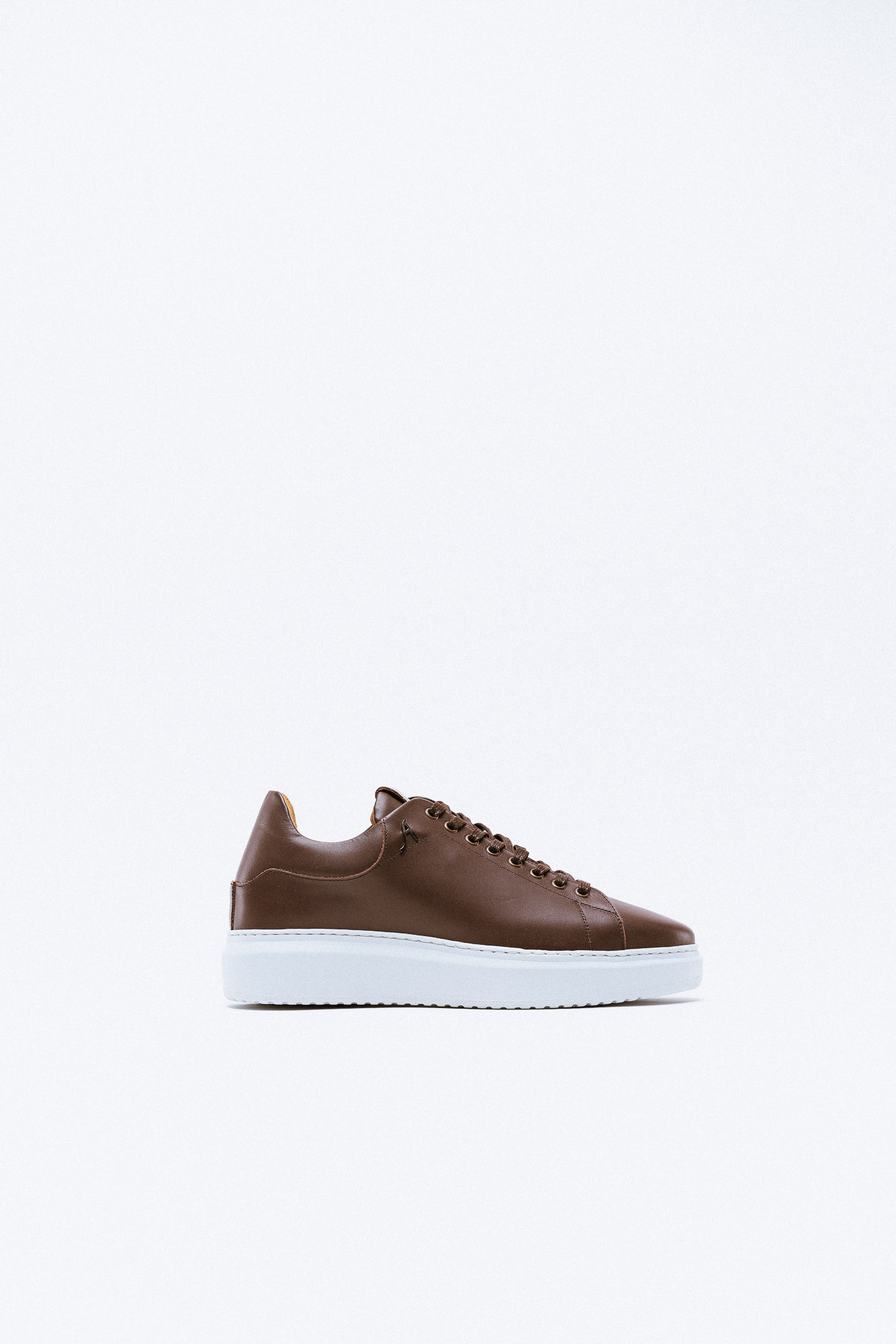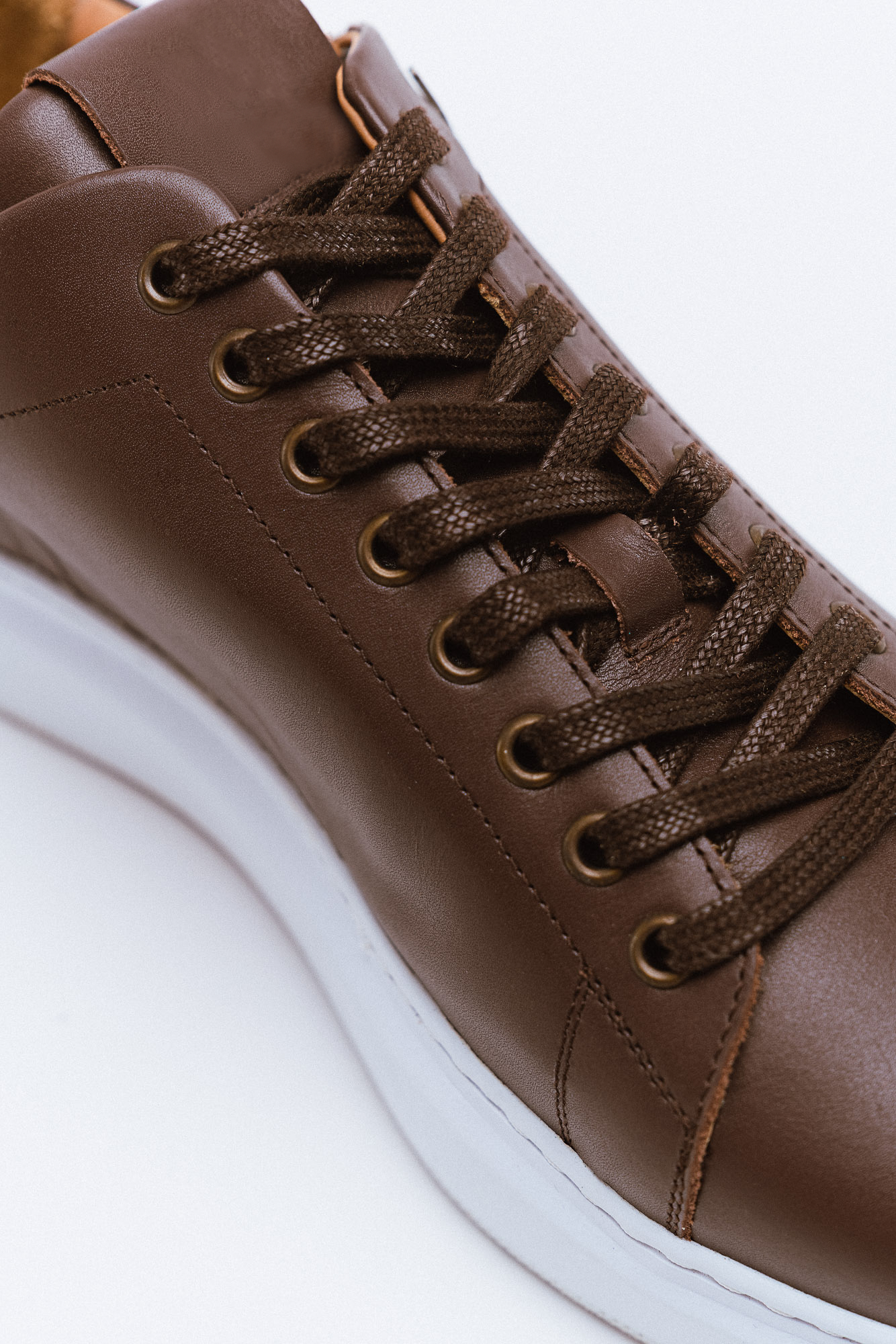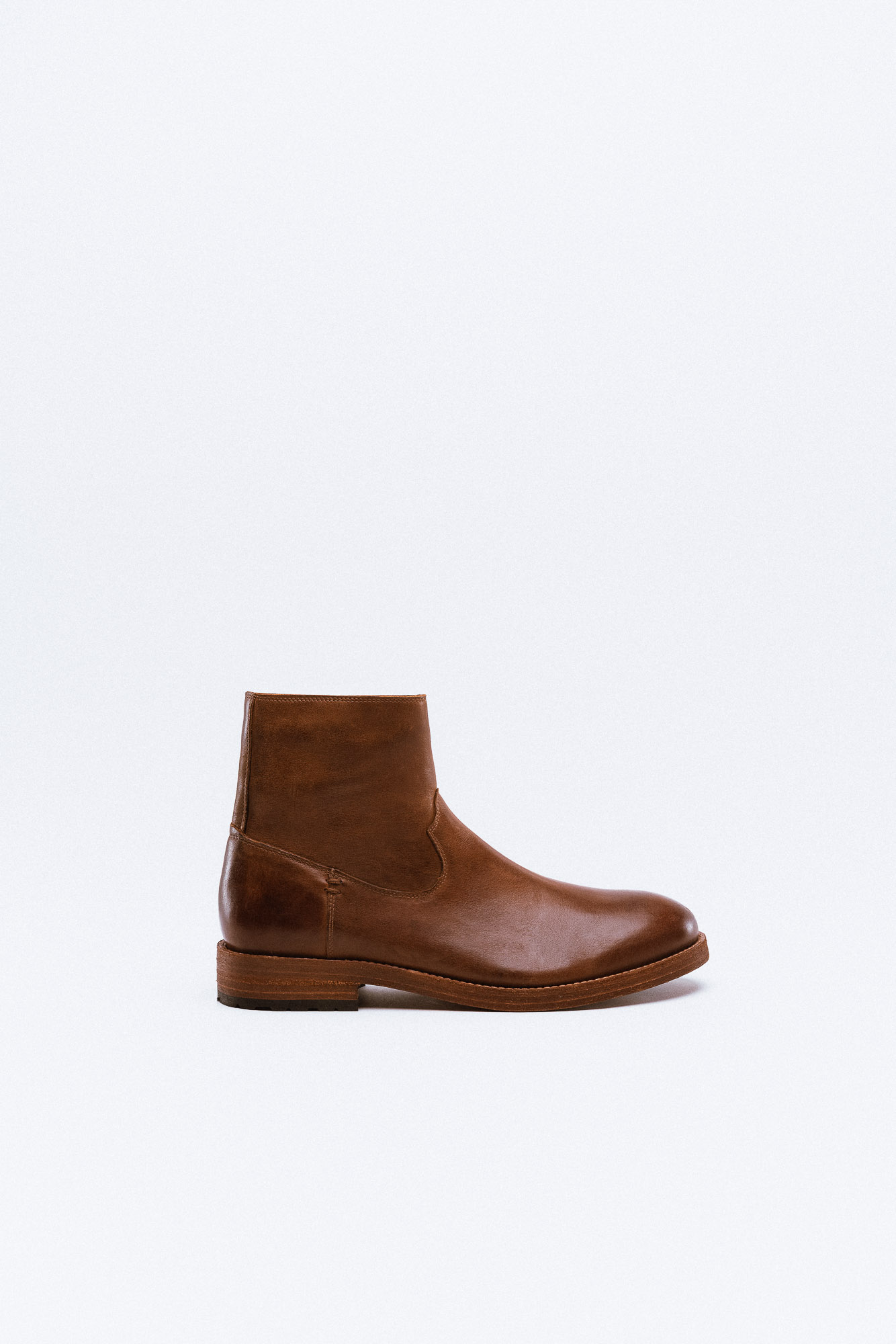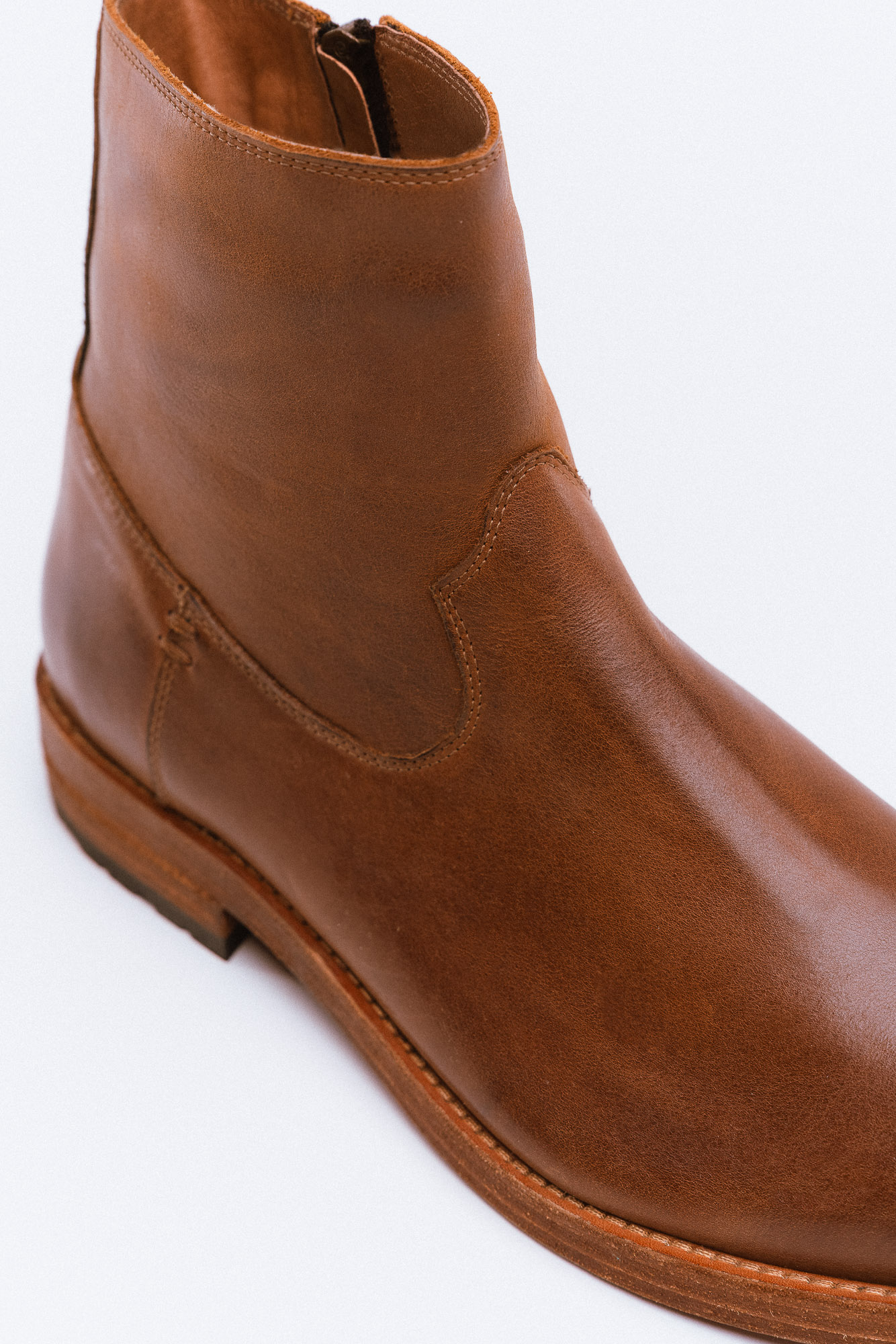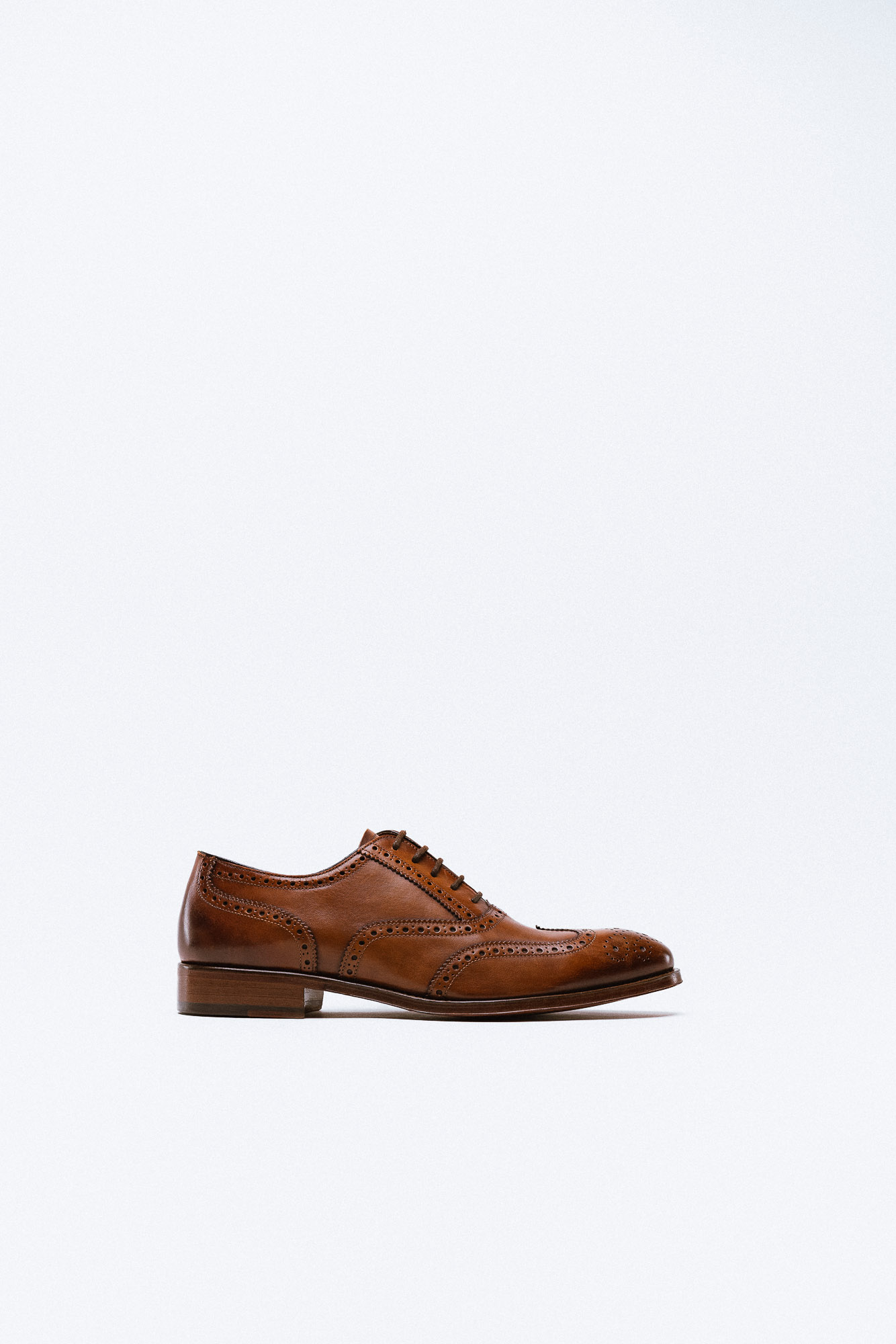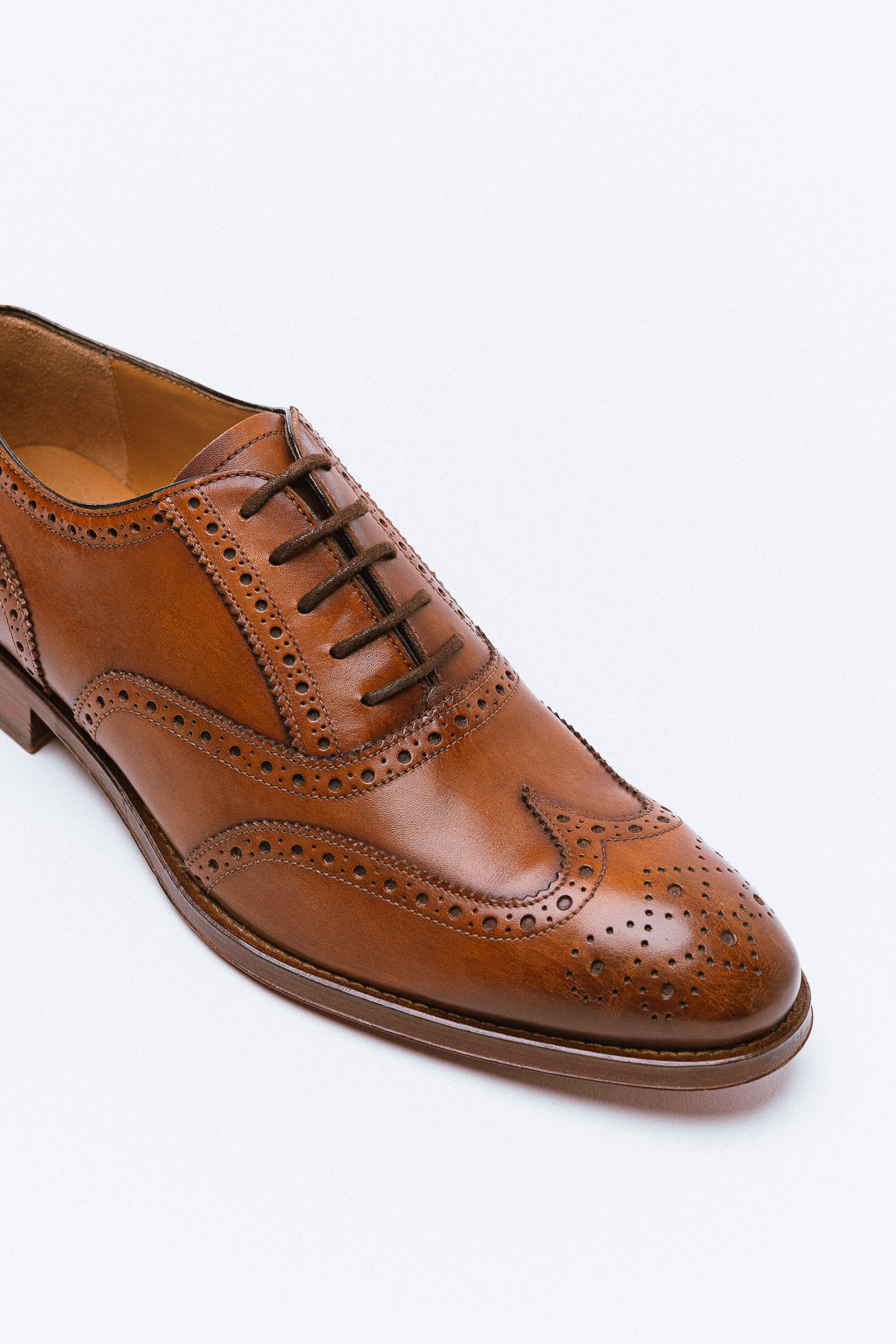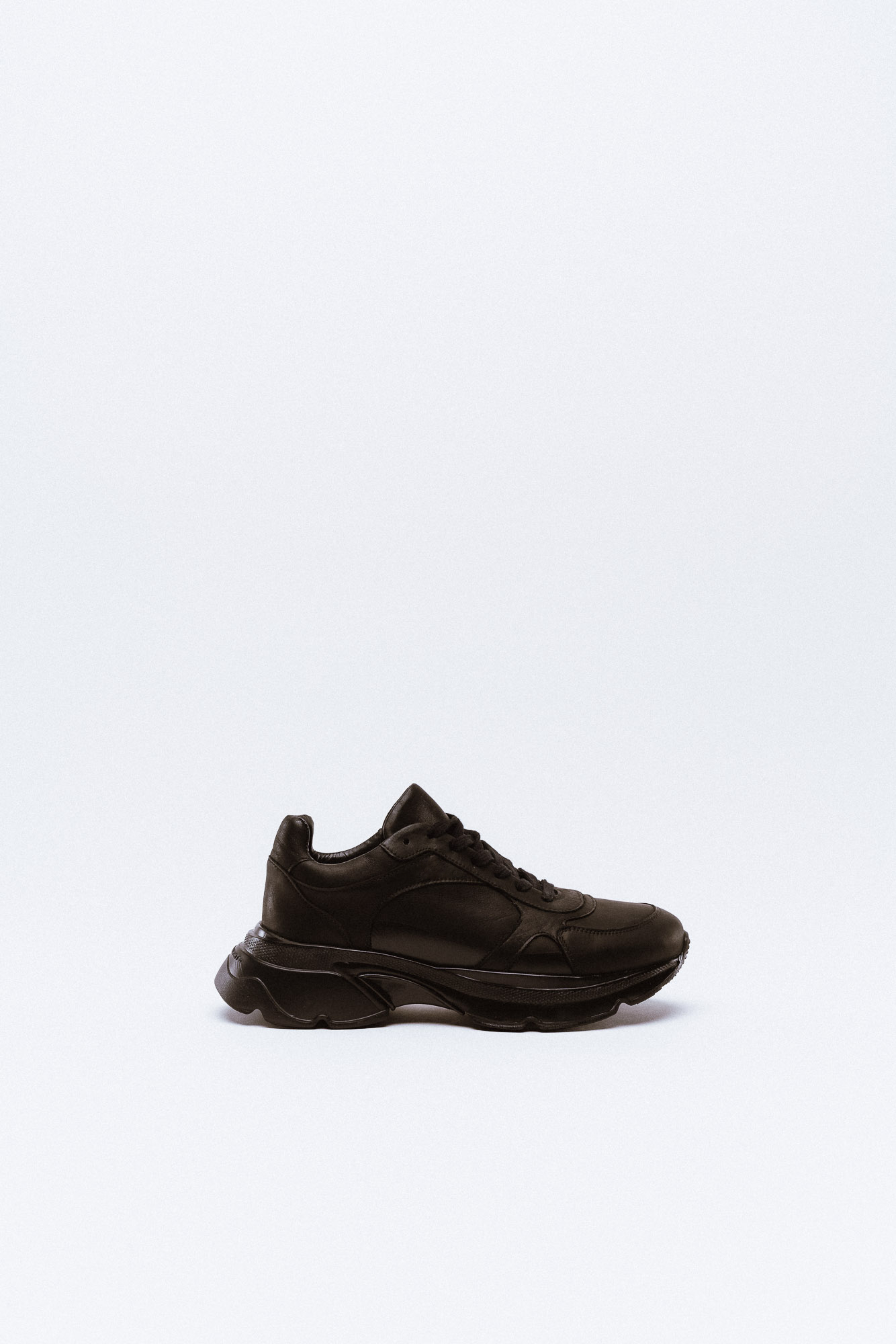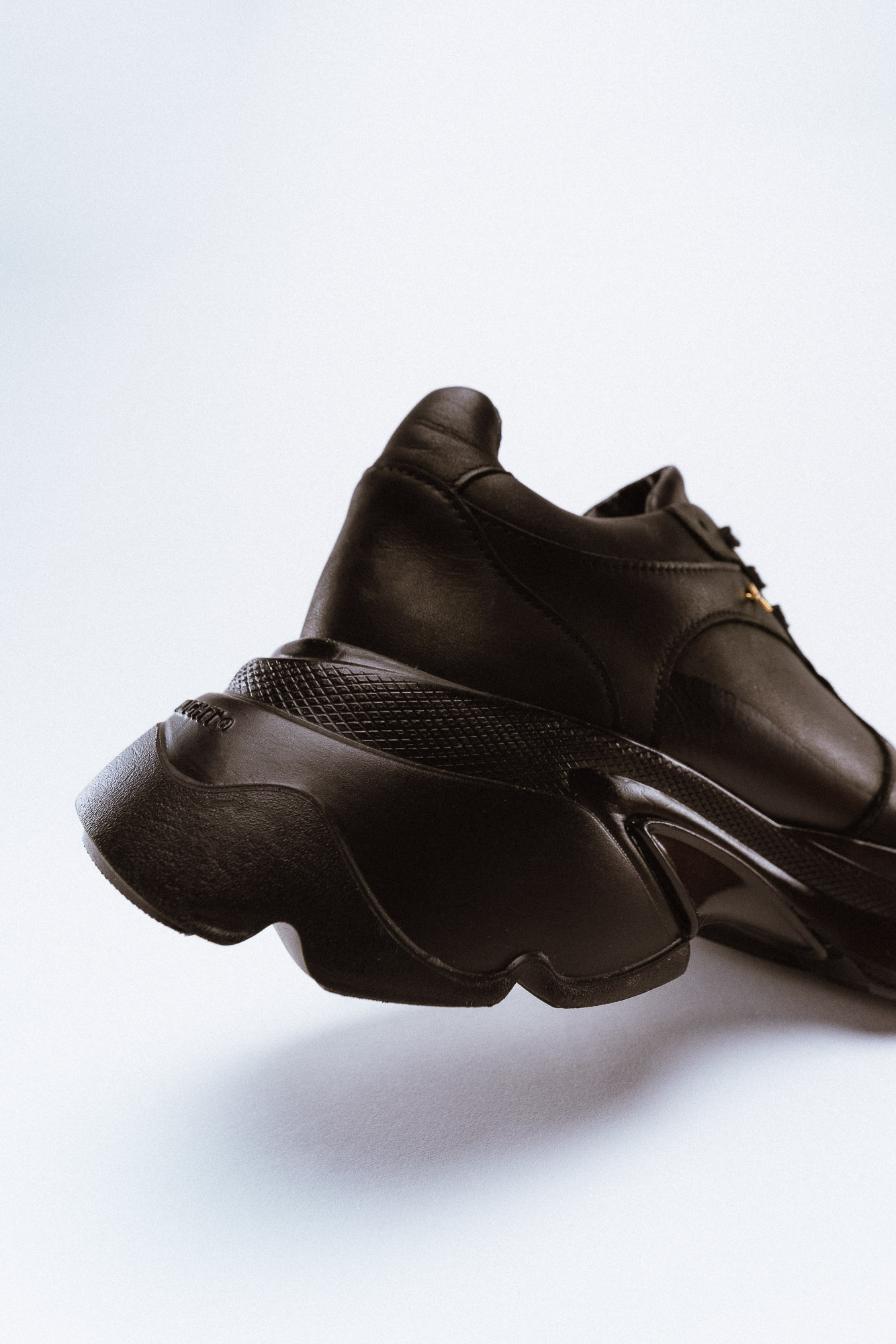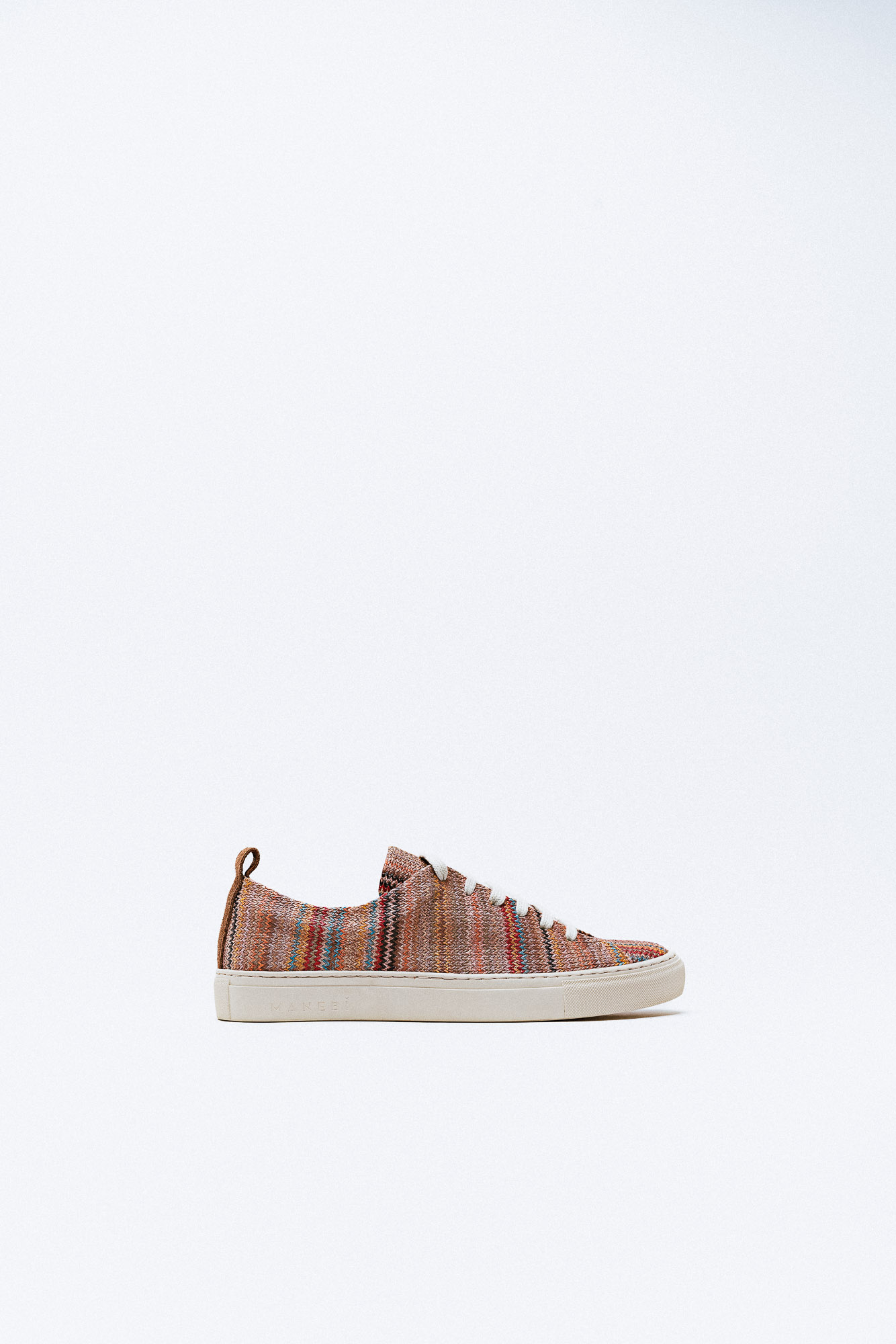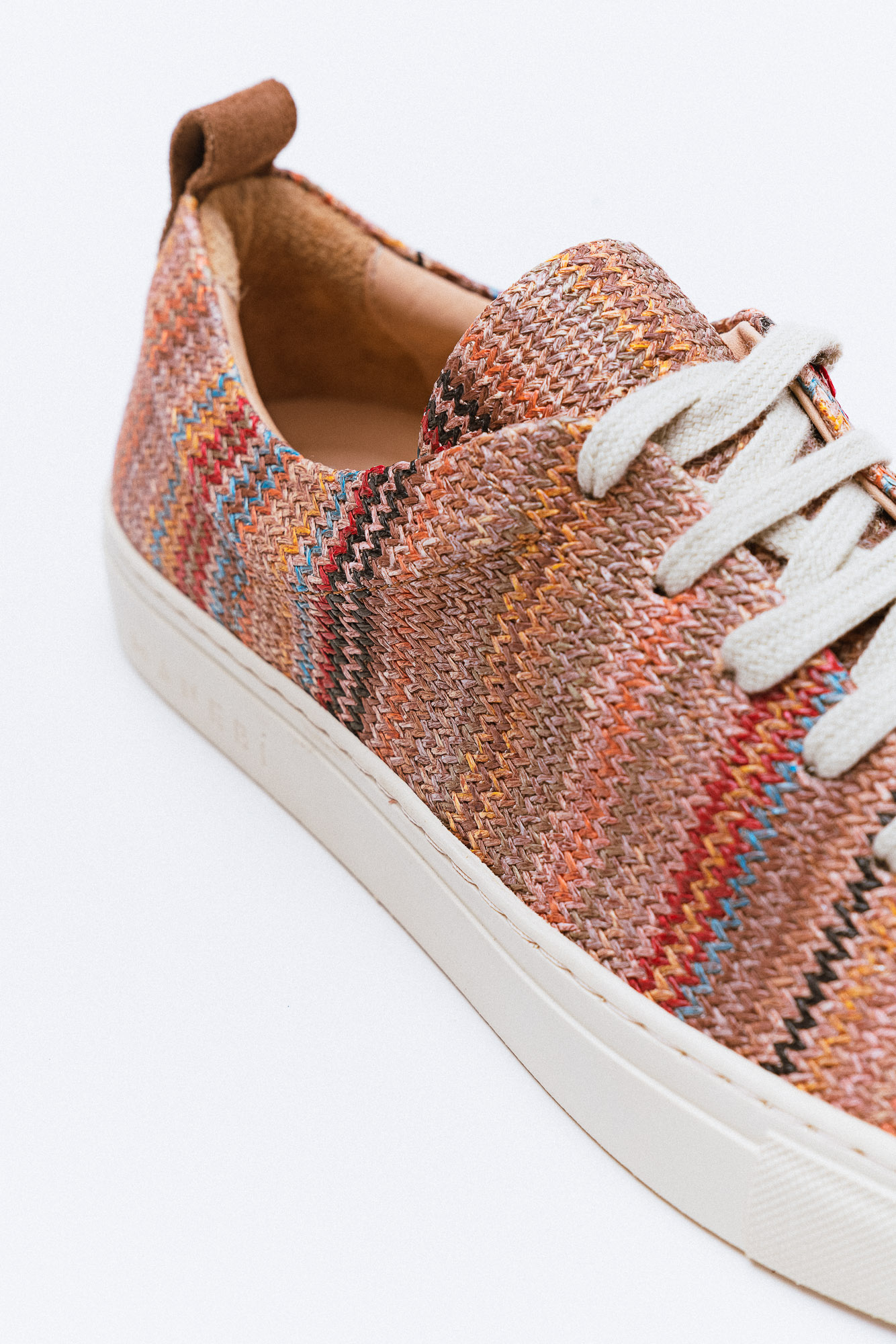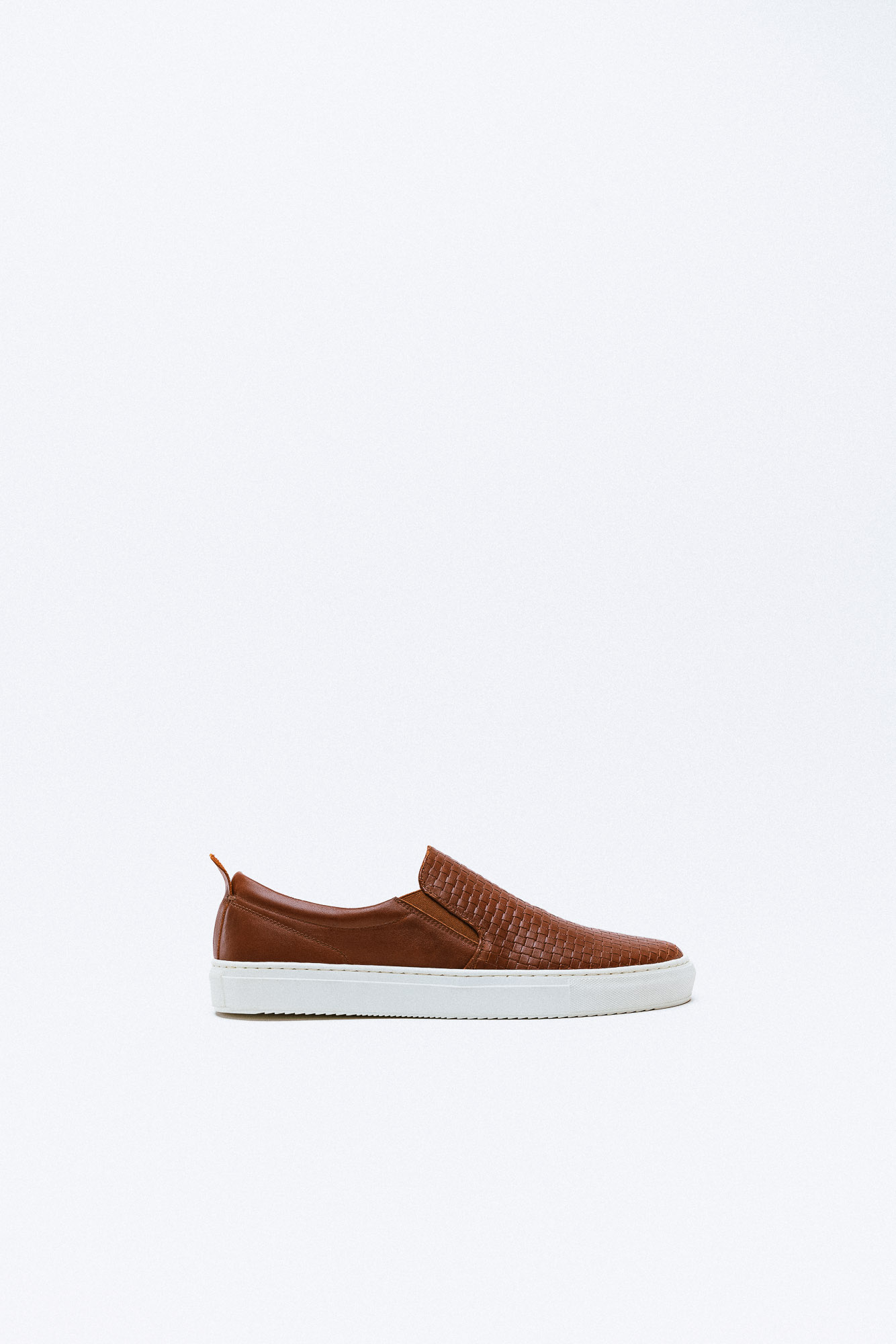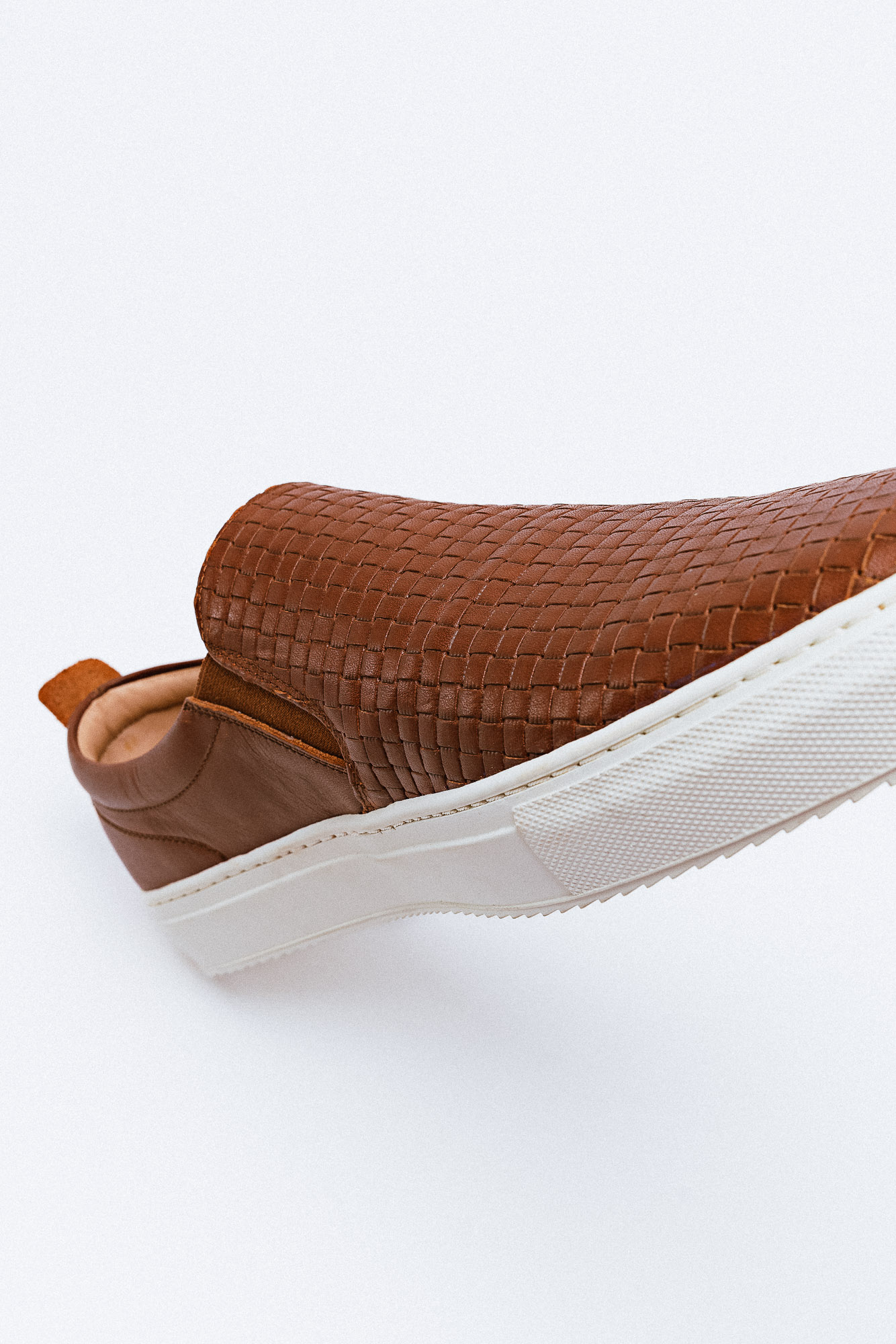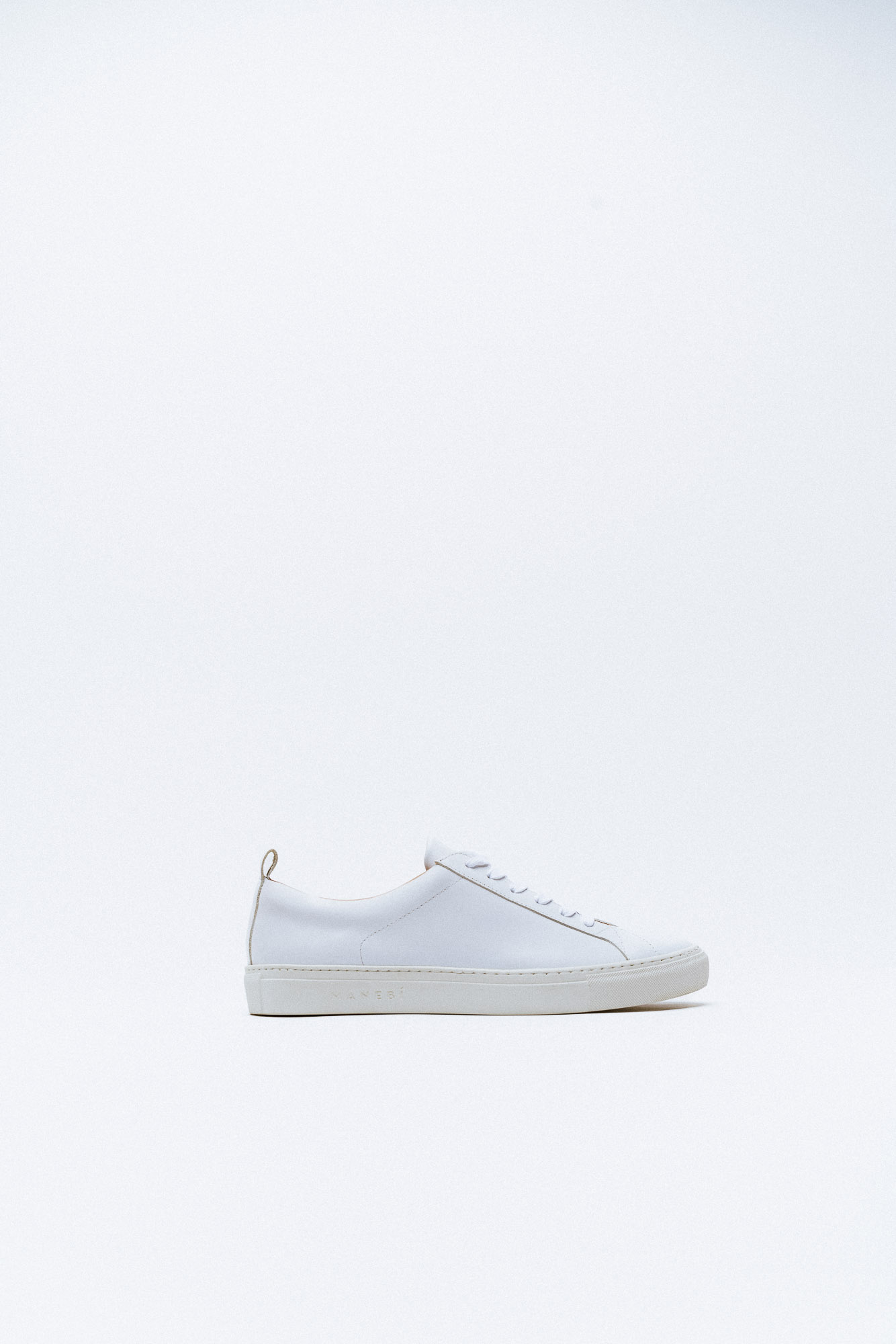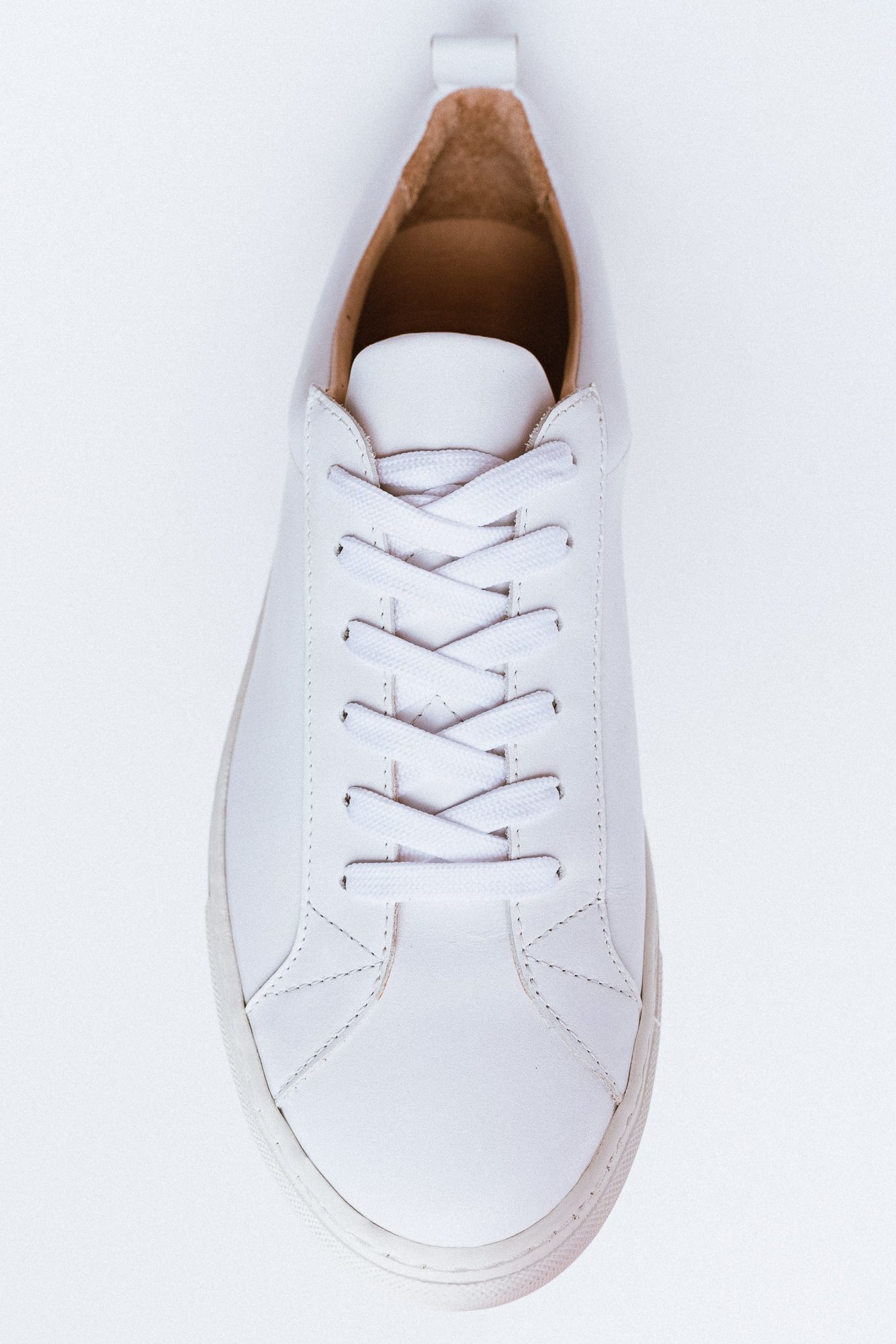United in their passion for environmental awareness, the British fashion designer and Danish–Icelandic artist believe hope and inclusion hold the answer to safeguarding the future of the planet
“Sustainability is the biggest connective force between you and I,” Stella McCartney told her friend, artist Olafur Eliasson, when Vogue joined them on a Zoom call in late May. And it’s true— since establishing her label in 2001, McCartney has famously never used animal products in her designs. She’s consistently pushed for more transparency and environmental awareness across the fashion industry, starting with measuring her own business’s environmental impact and innovating eco-conscious textiles.
Meanwhile, Eliasson doesn’t make art to be hung on a wall and contemplated, rather he creates experiences that awaken our senses to the world’s natural wonders, which are so often overlooked. Take the meteorological event he brought to London’s Tate Modern Turbine Hall in 2003 with The Weather Project — combining his experiments with mirrors, light and fog and drawing in two million visitors in six months — the elusive rainbow waiting to be discovered in Beauty (1993), or the site-specific installation Waterfall (2016) at the Palace of Versailles.
Eliasson and McCartney met in 2018 after they were introduced by CNN’s chief international correspondent Christiane Amanpour at the Bloomberg Vanity Fair Climate Exchange. “Christiane leaned forward, looked me in the eyes and said, ‘Stella is great.’ I wish she had made the same introduction the other way around,” Eliasson says, half-jokingly. McCartney, meanwhile, maintains that Eliasson needed no introduction — his work, Ice Watch (2014) installed outside Bloomberg HQ, had already made a big impression.
Here, McCartney and Eliasson discuss the latter’s foray into augmented reality (AR), sustainability, and creativity in a time of crisis.
McCartney: “The fashion industry is one of the most harmful to the environment and there’s not enough being done to expose that. Every second, a truckload of textiles is buried or burned. You have to start changing perceptions so that figure becomes incredibly exciting rather than incredibly terrifying; it equates to £414bn [a year] — that could be a business model.
“Even before the Covid-19 lockdown, the youth of tomorrow were changing how they’re eating, how they’re living; they’re changing travelling habits, what they watch — they’re far more conscious. People know they have power; that’s a new feeling and a very hopeful one.
“But I still get asked all the time: ‘Why is a vegan handbag as expensive as a leather handbag?’ It’s not the mass, so it takes more time to make because I have to retrain people how to use different machinery. It can be more expensive to have organic fabric than a dead animal. I get taxed more for taking non-leather goods into America. Do any of these things affect you in your art?”
Eliasson: “Collective consciousness requires a person to be a co-producer rather than just being a consumer. For that to happen, you need to show them that the fabric came from a sustainable background and that it can be recycled in a sustainable way so they can be part of the narrative and make their own judgement. Inclusion is about trusting people who are engaging in our work.
“I have an exhibition [Sometimes the river is the bridge] at the Museum of Contemporary Art Tokyo, which has been delayed [due to the pandemic] and the focus is on sustainability. One of the issues was getting the things I couldn’t produce locally to Japan in the most sustainable way. It turns out you can send things from Berlin to Beijing by train, and then by ship to Tokyo.
“The art transportation company was reluctant to send the work via the Trans-Siberian Railway, and the insurer said it had to be sent by plane for them to insure me. I called the company and said I’d tell all my colleagues that they hadn’t supported me in being progressive. They called back the next day and said, ‘You’re right. Let’s do it.’ I had to bring the delivery date forward by six weeks. Consumers have the power to decide.”
McCartney: “The minute you make anything as a sustainable creator, you’re guilty of being unsustainable. As a business, I’m always trying to transport things the right way.
“Like you, I have to think ahead. My company spent three years developing a sustainable rayon. Not many people know that rayon (also known as viscose) comes from trees, even fashion crowds think it’s made from plastic. [Up to] 150 million trees were cut down last year to make fabric. But we source sustainable wood pulp in Sweden and then ship it over. What made you so mindful of the environment?”
Eliasson: “I grew up between Denmark and Iceland, and got very involved with the Icelandic countryside because of my family. My father was an artist, we’d hang out in the canyons and he’d paint mythologically inspired symbolist landscapes. I hiked a lot and appreciated the slowness and Arctic nature; the moss, lichen, lava, basalt rock, glaciers, hot springs.”
McCartney: “It’s so extreme. So it was exposure to Mother Nature that made you realise she was to be adored and protected?”
Eliasson: “When I went to the Royal Danish Academy of Fine Arts, I became interested in things that are often invisible or you take for granted, like temperature and quality of light. I was also interested in perceptions of the world — how do we know that what we see is the truth? Together this brought me closer to understanding how humans impact nature and how nature impacts humans.”
McCartney: “When did we forget that we were animals then? I just look at us as one. Maybe I need to read [Yuval Noah Harari’s] Sapiens again.”
Eliasson: “I call animals ‘non-human persons’. I have two formally known as dogs here in my house, Vigo and Chestnut, and I keep telling them they have the same rights as me.
“The coronavirus crisis has amplified the notion of being present, the idea of the local. As [the French enlightenment writer] Voltaire said: ‘We need to cultivate our gardens.’ Today, our garden is the planet, we all have a little patch. Now there is the need for the right tools and knowledge to cultivate our garden. I see a new pluralism resonating — you and I are not the same, and that is quite beautiful, we don’t need to be the same. I released a series of new interactive works on Earth Day [Earth Perspectives, 2020] depicting nine alternative views of the earth, and the United Nations is coming up with ways of giving personhood [quality of being an individual person].”
McCartney: “My mum used to say ‘non-human persons’ should have lawyers because they need to have somebody represent their voice. Legislation is a very important part of the conversation, especially to encourage young designers and artists to start-up responsibly. In fashion, there’s no incentive to do business the way I do yet.
“Some artists who have strong messages can get quite angry and frustrated, and that comes out in the work, but not with you. I see your work and I see hope, I see beauty, I don’t get scared or depressed.”
Eliasson: “Generally, I’m a positive person. That aside, in social science and in behavioural psychology, a positive narrative creates long-term change, whereas a fear-based narrative is short term. Our imaginary future is fertile ground for hope. If we don’t have hope, we might pave the way for cynicism and populism.
“I’m interested in messages of hope with gravity. Mary Robinson, the former Irish President, is such a great environmentalist and she has worked in a way that has this shimmer of hope. I’ve secretly had a crush on her for years.”
McCartney: “It’s not a secret any more, you’re going to get a phone call tomorrow off Mary.
“You need a solution too, people need something to do. I’ve been using your new AR project [Wunderkammer, 2020], and again there’s a lightness of heart and touch. I know you’re passionate about AR, how are you using humour and hope and technology?”
Eliasson: “Even though I’m often a very analogue artist, I follow the digital world [because of] my interest in system design and biodesign. And now, under lockdown, it’s one of the spaces that hasn’t been closed. We are all suffering from rectangularism [a preference for rectangular forms] because we’re looking at a screen the whole time. I had worked with Acute Art on my virtual reality work Rainbow [2017] so I talked to them about doing an AR [piece of] work that brings the outside in — the rain, clouds, rainbow, sun, flowers, a stone, a puffin. It’s fun, a rare bird is good company at the dinner table.”
McCartney: “You should do a mongoose, they’re one of the most endangered species.”
Eliasson: “We should collaborate.”

